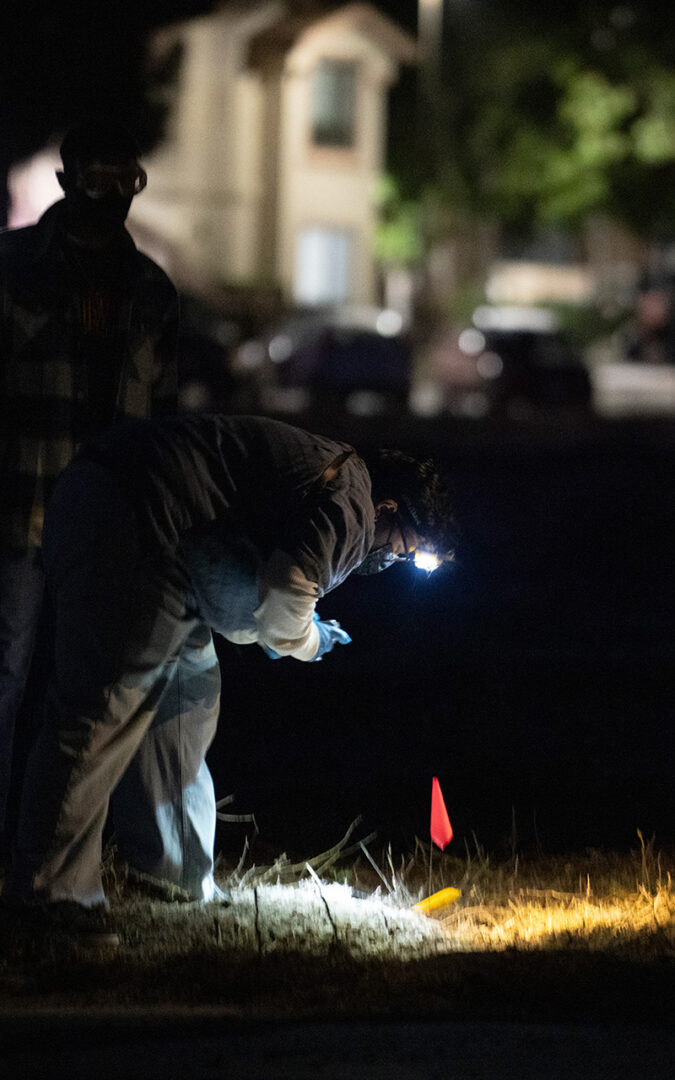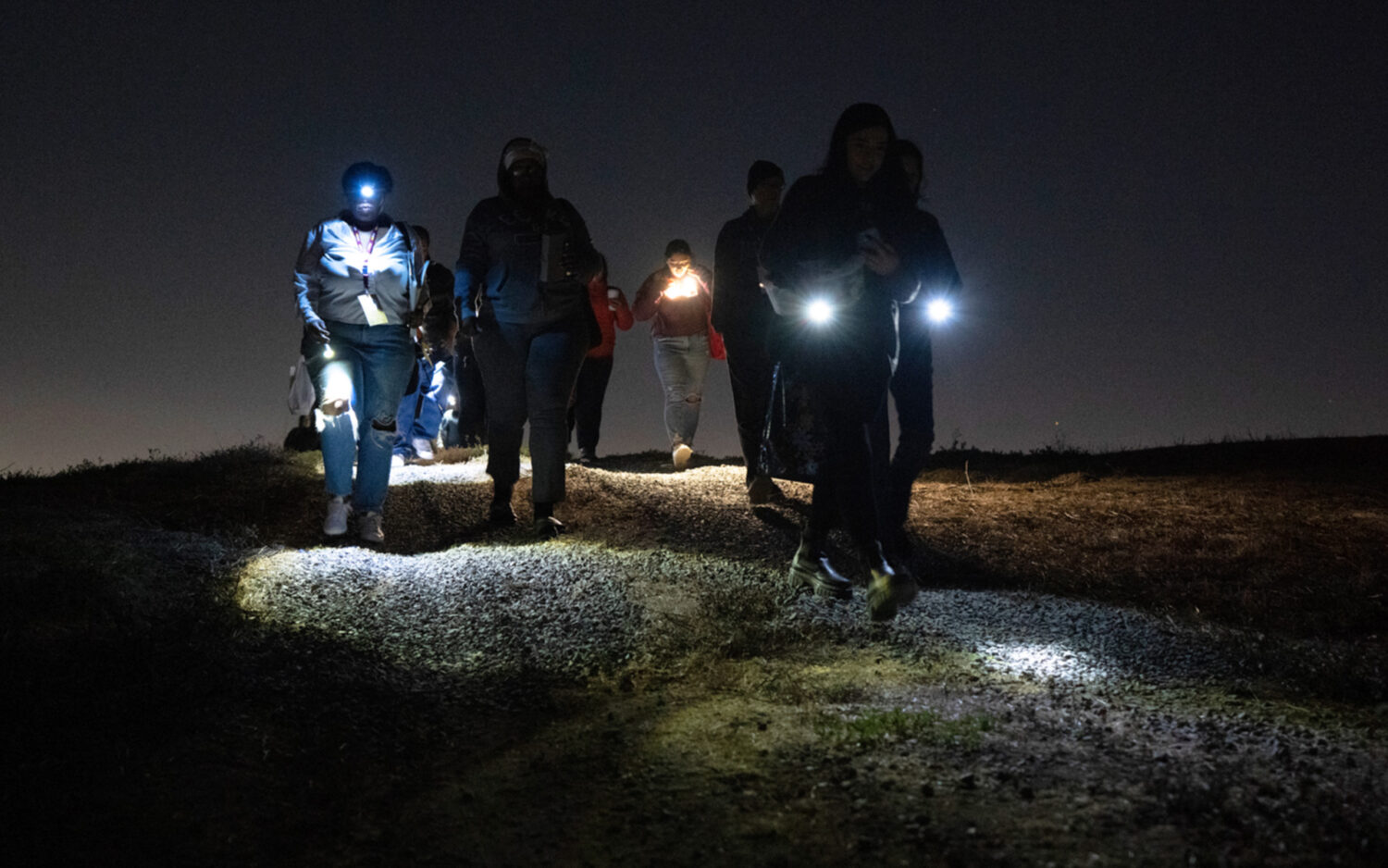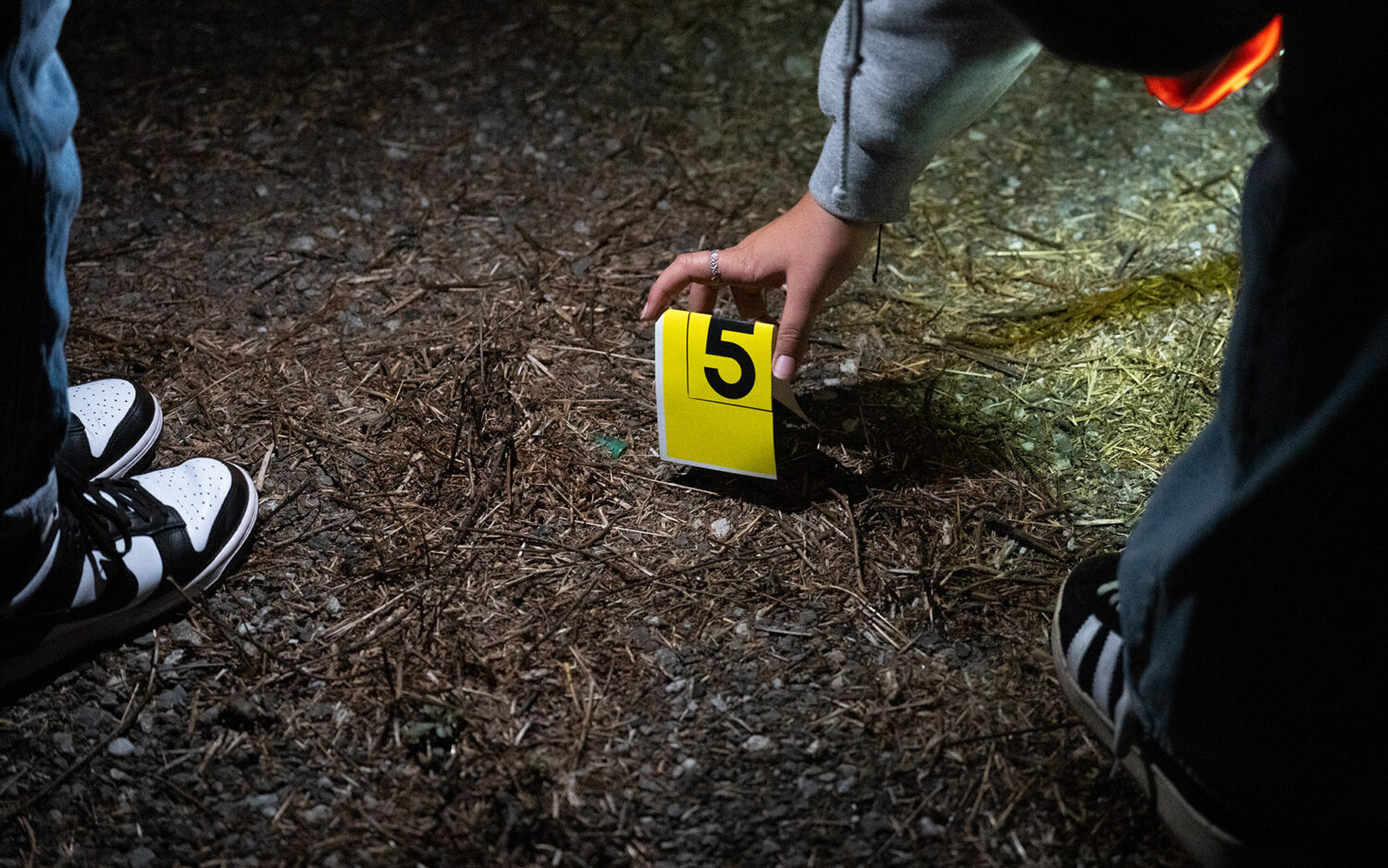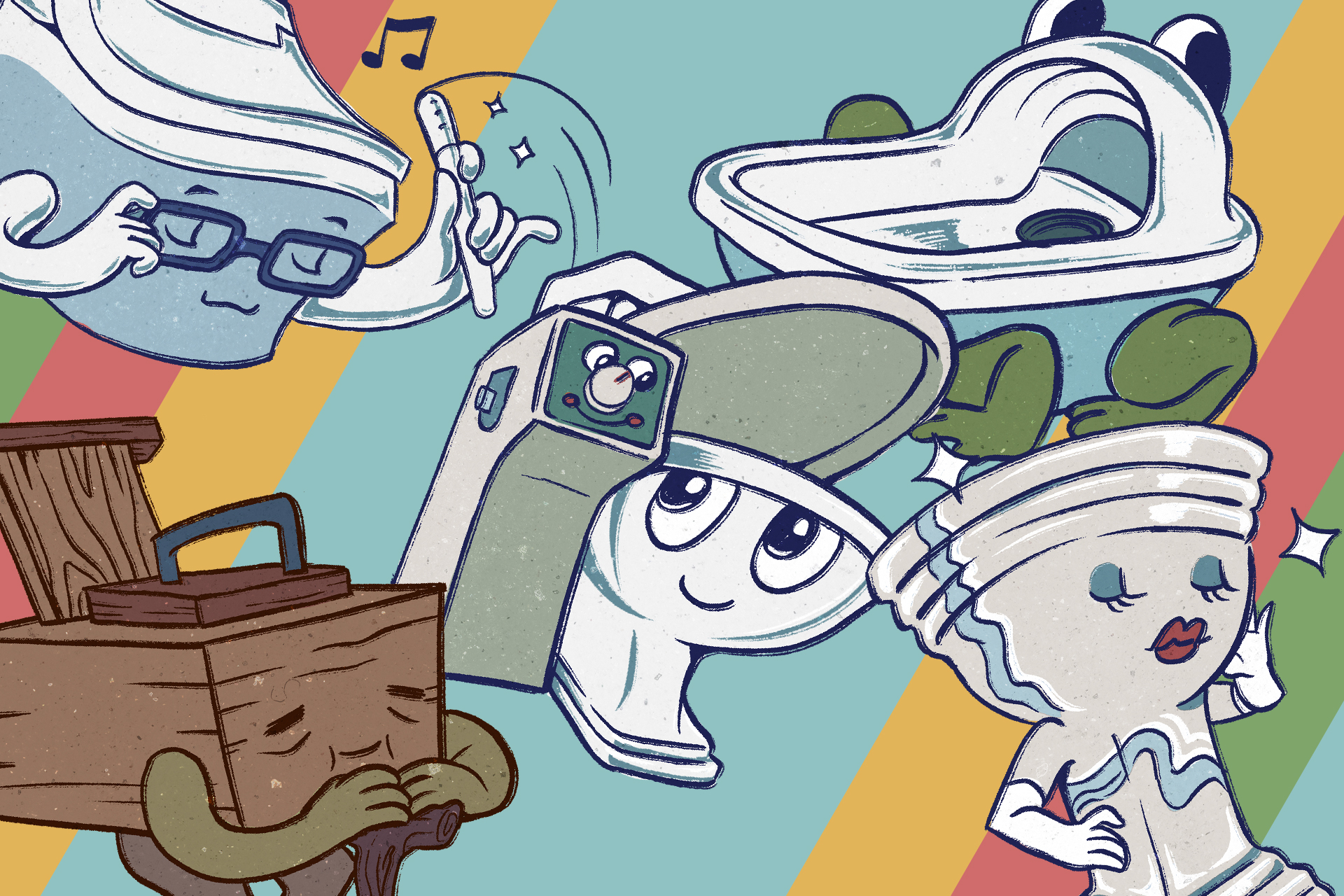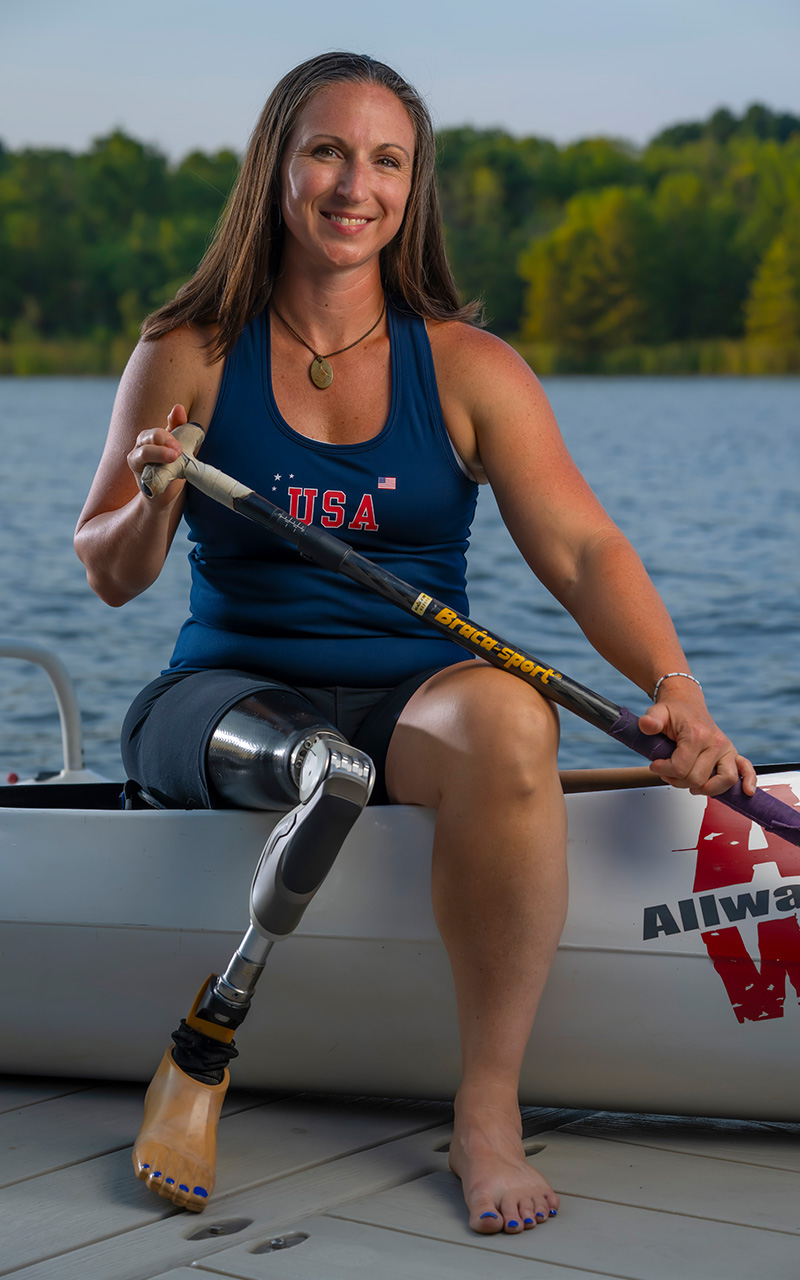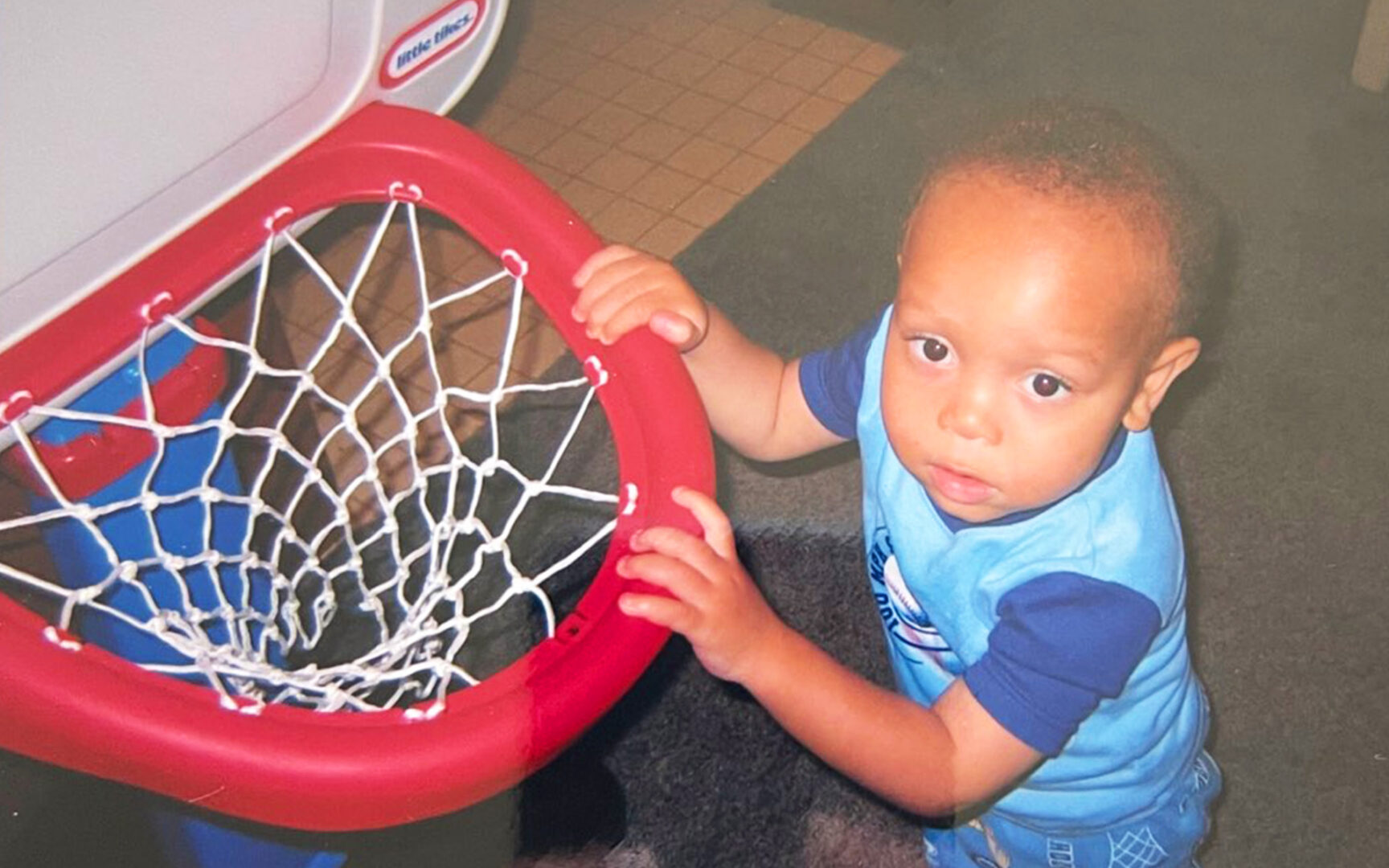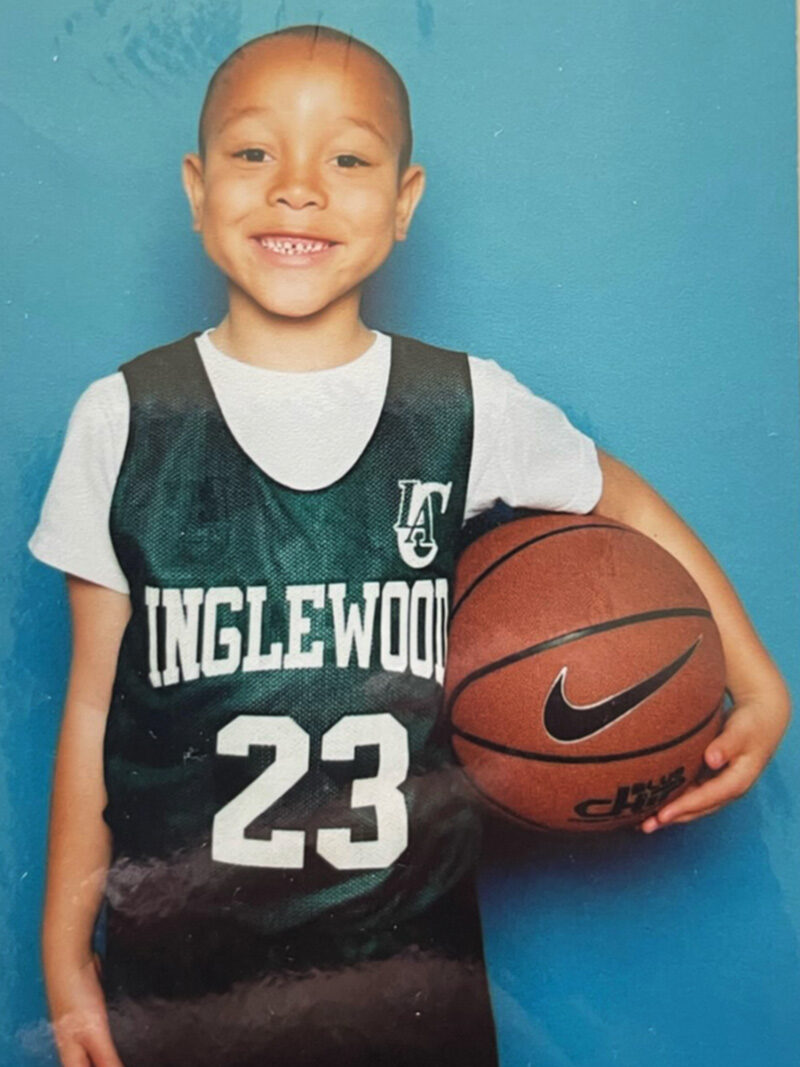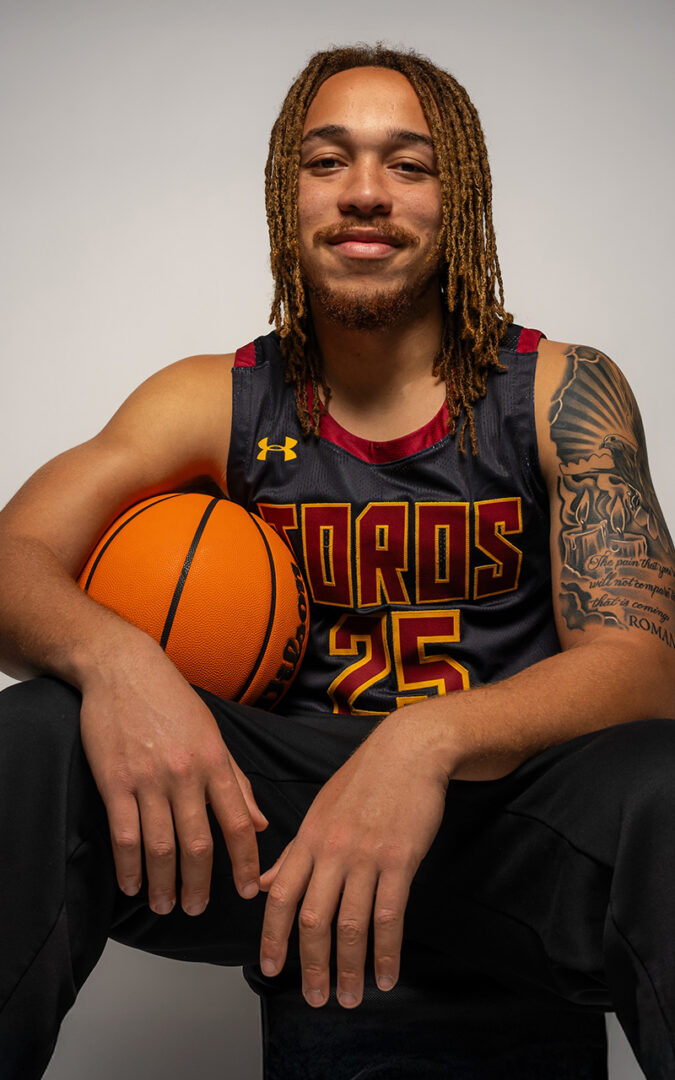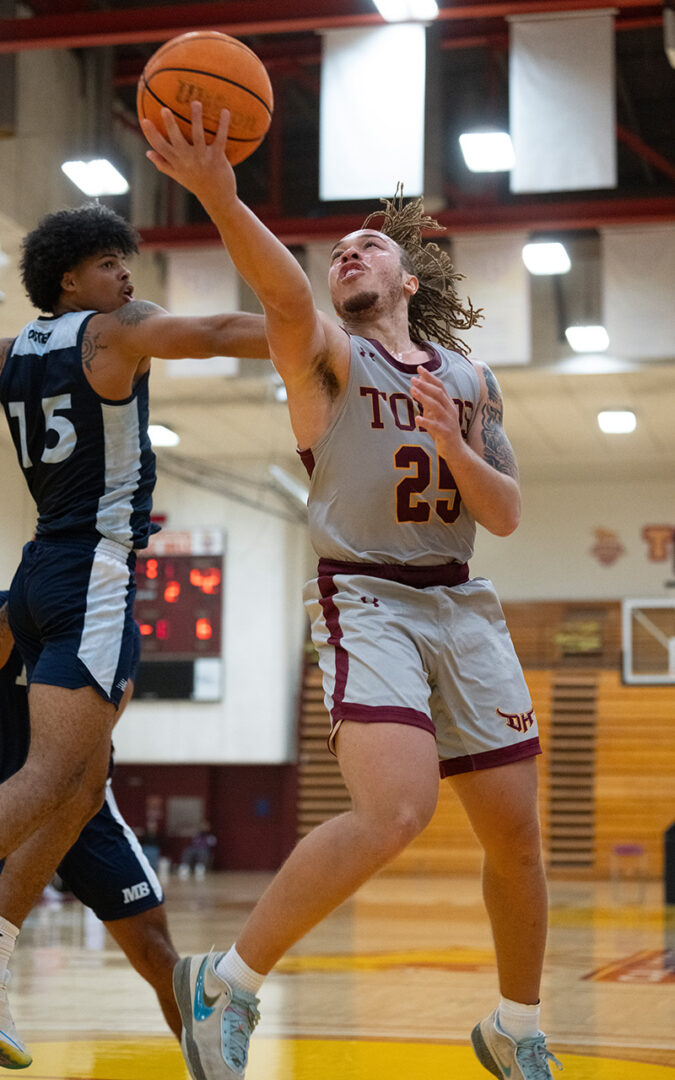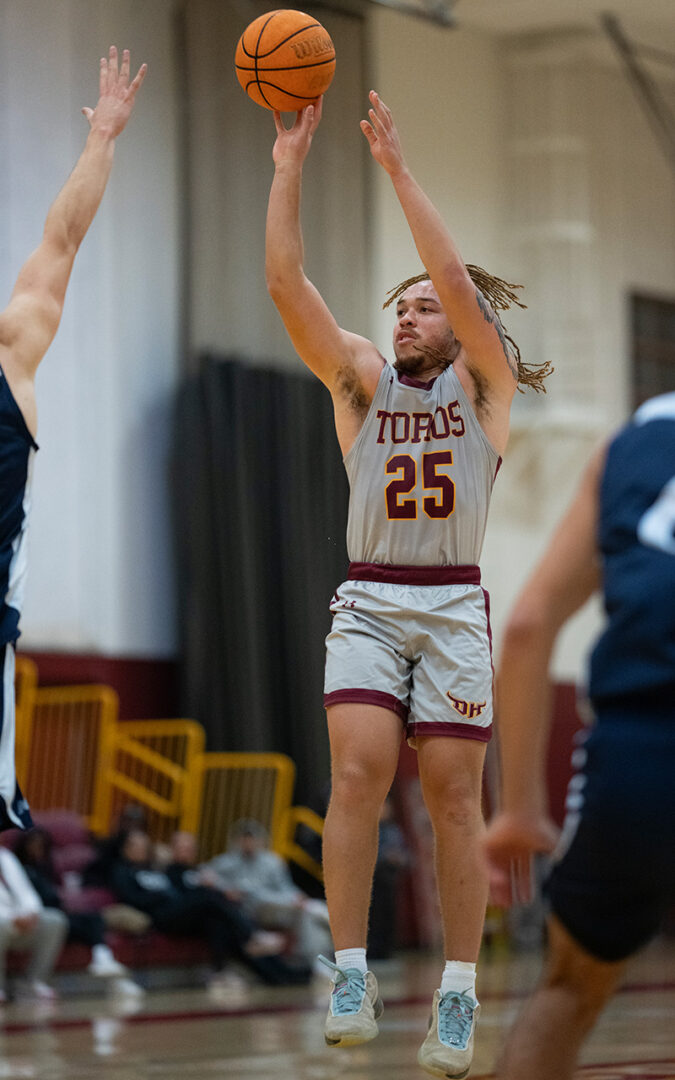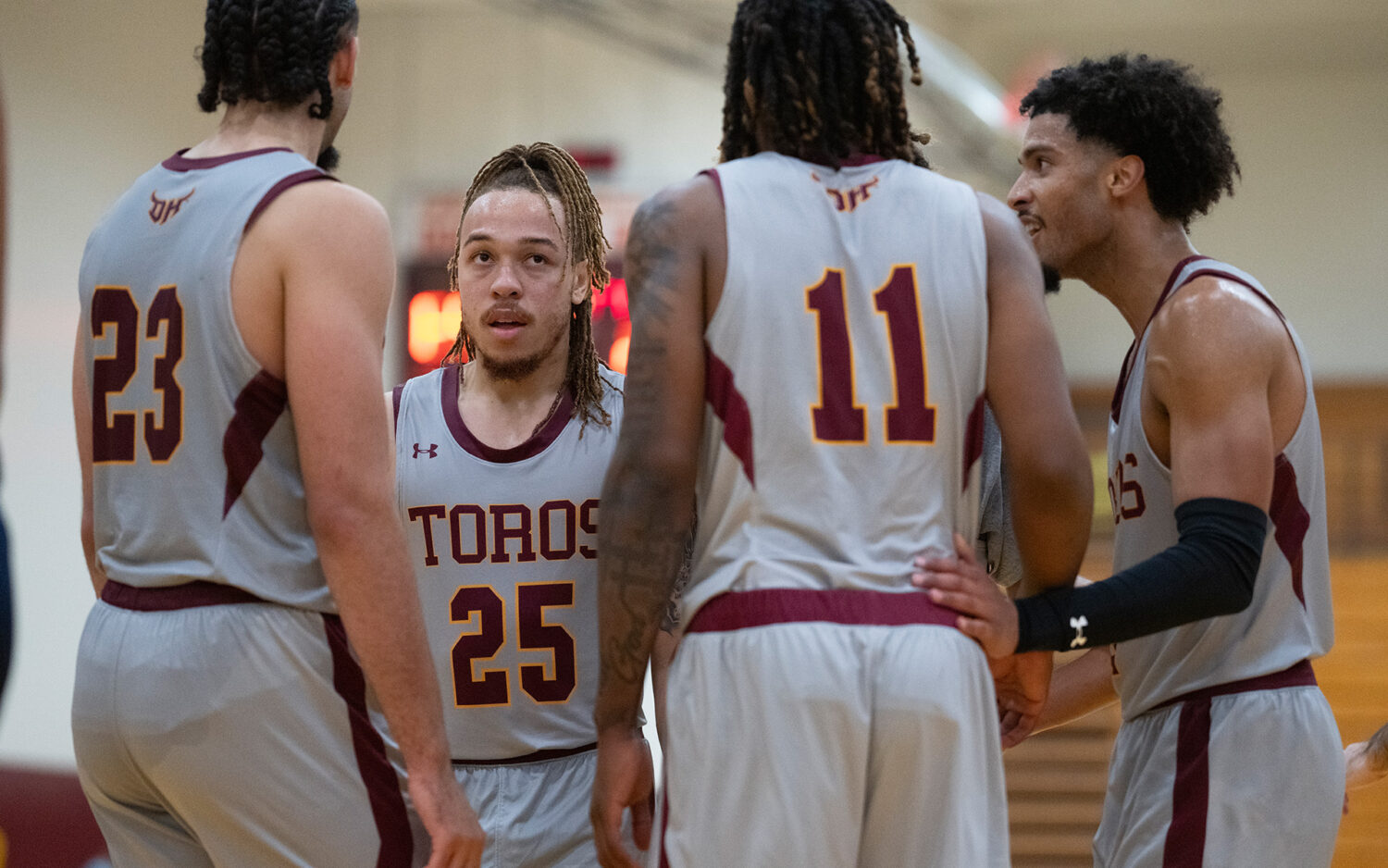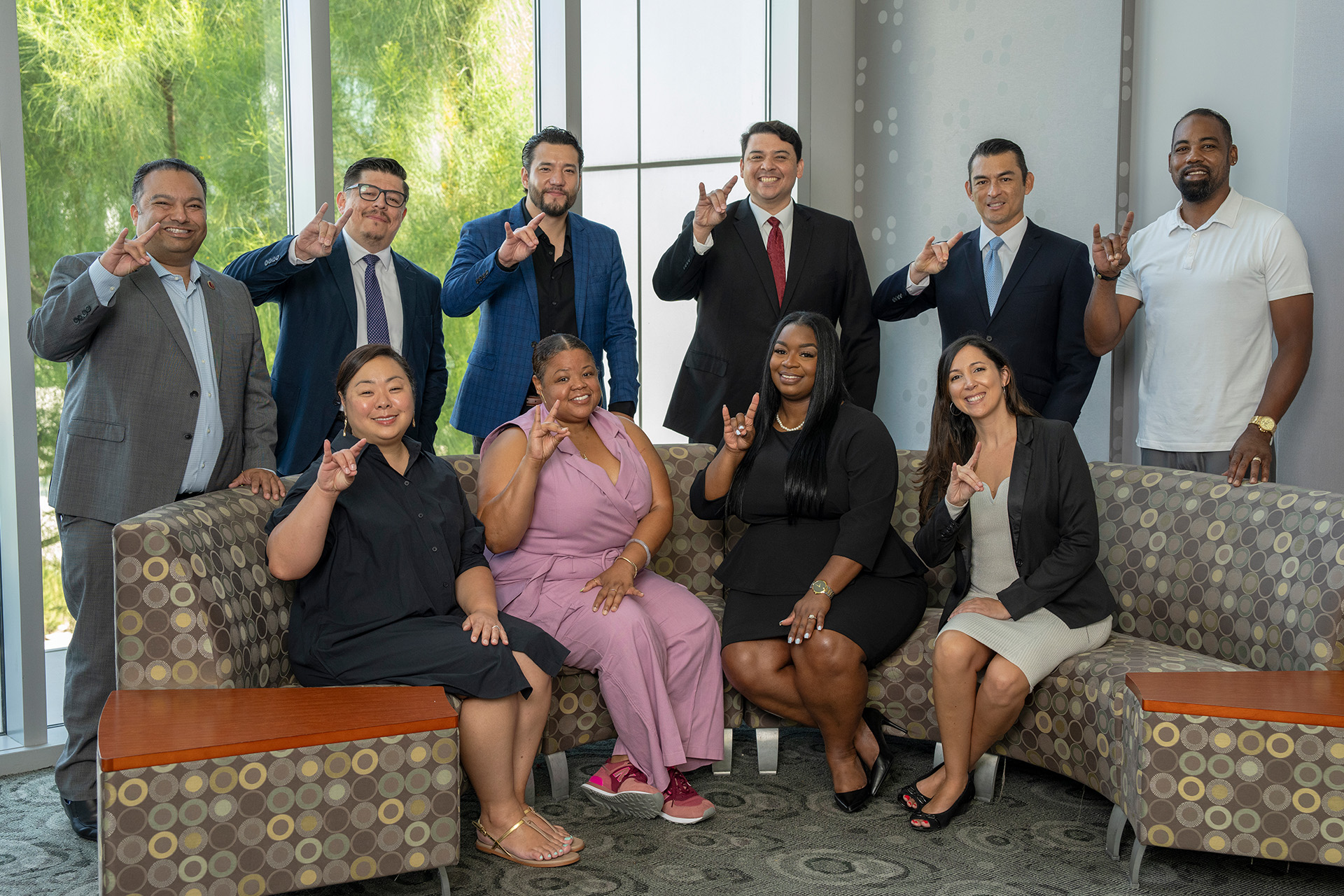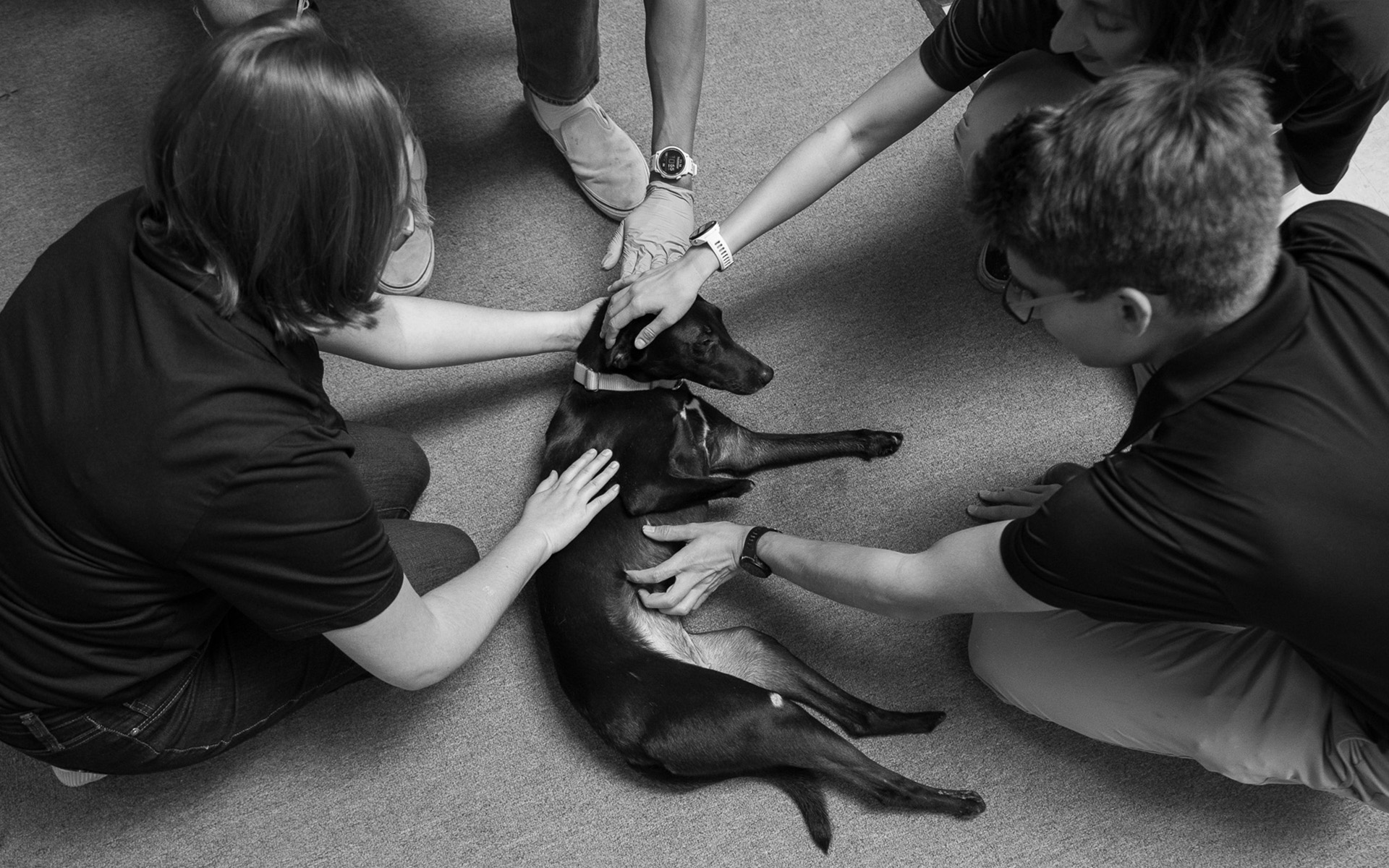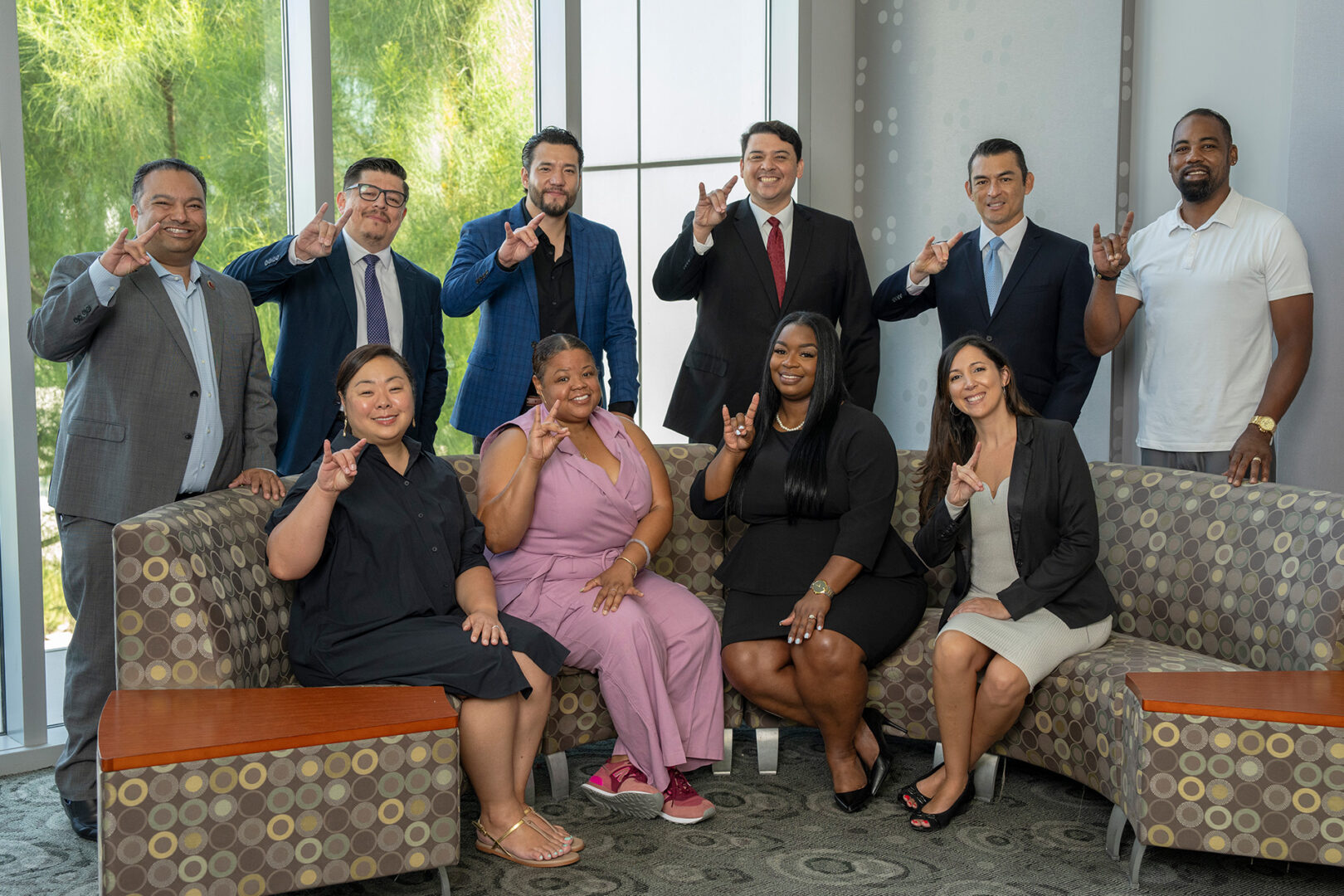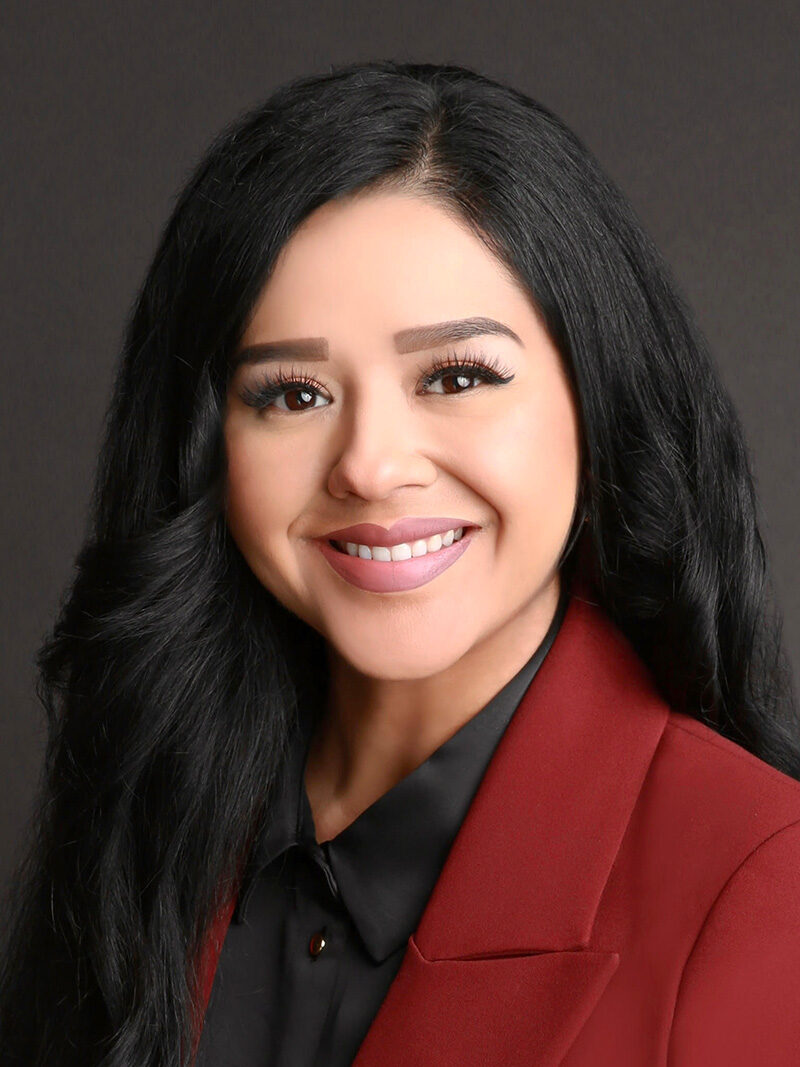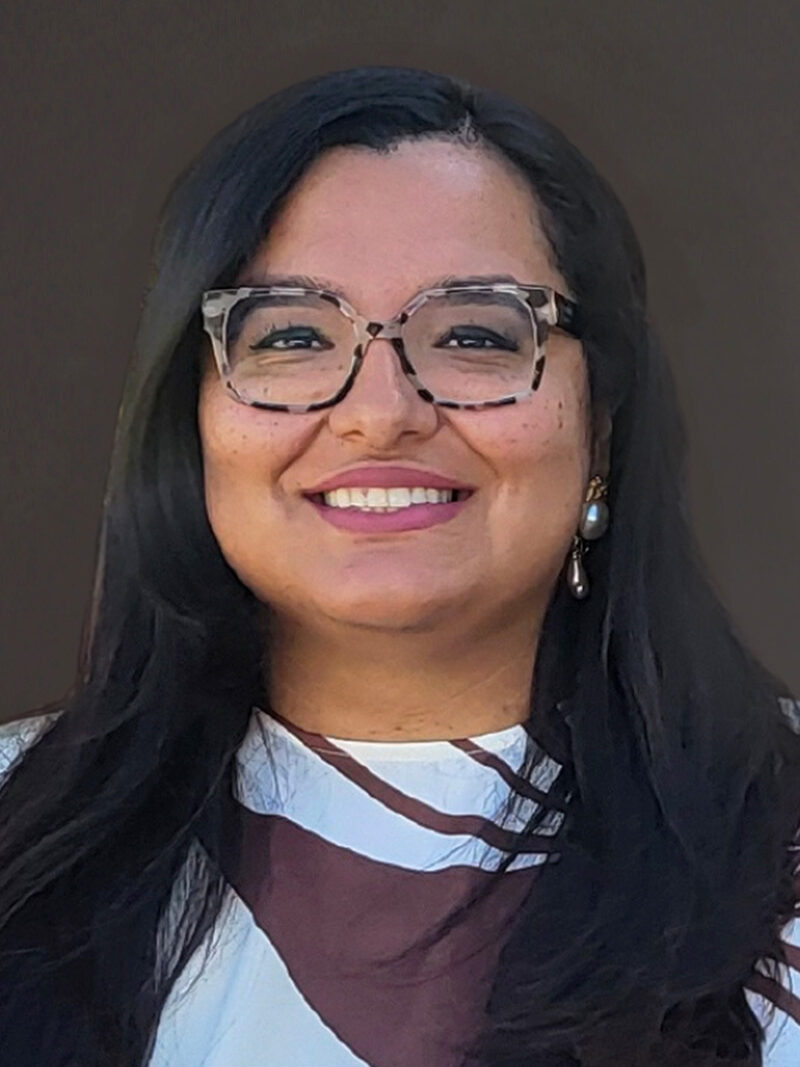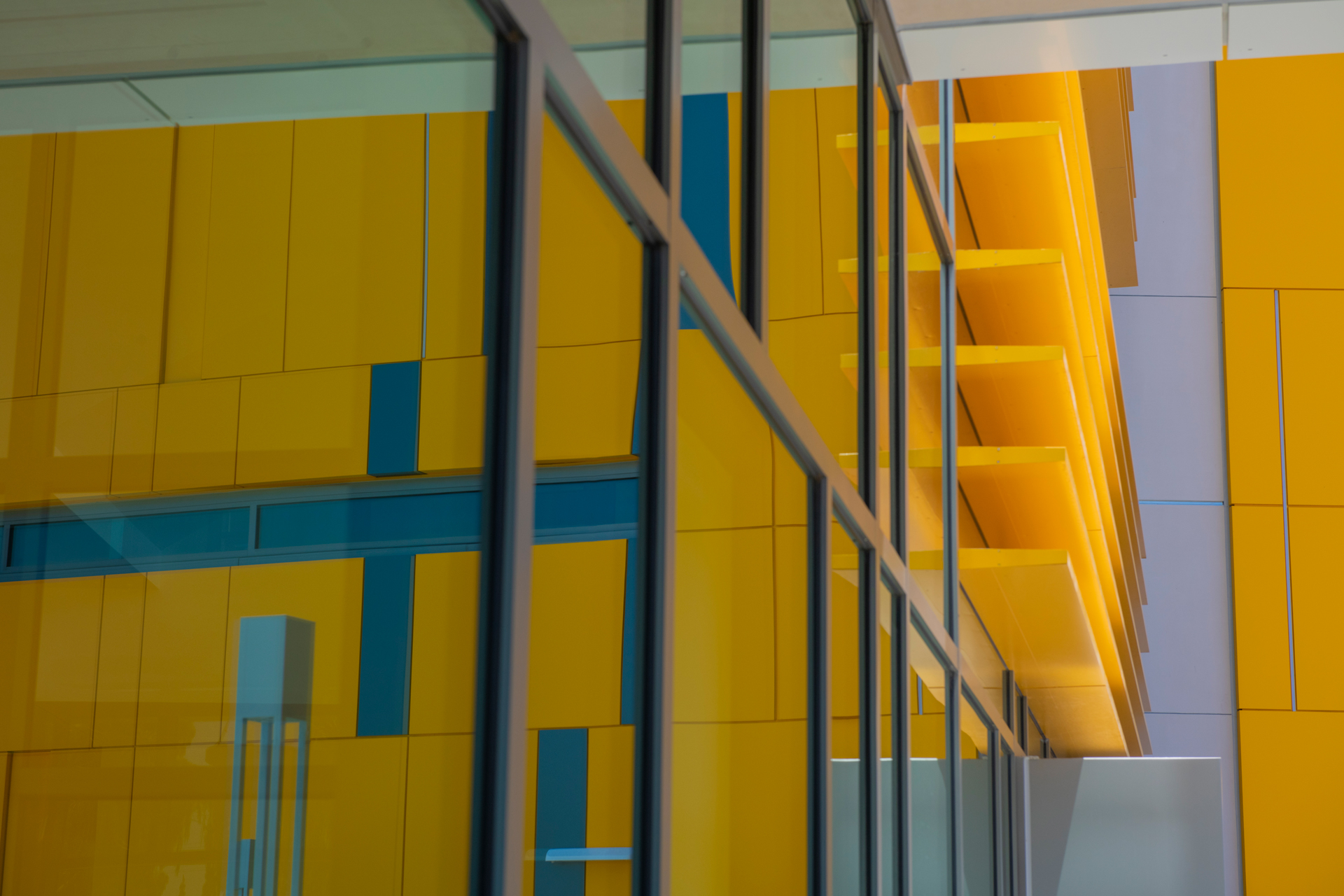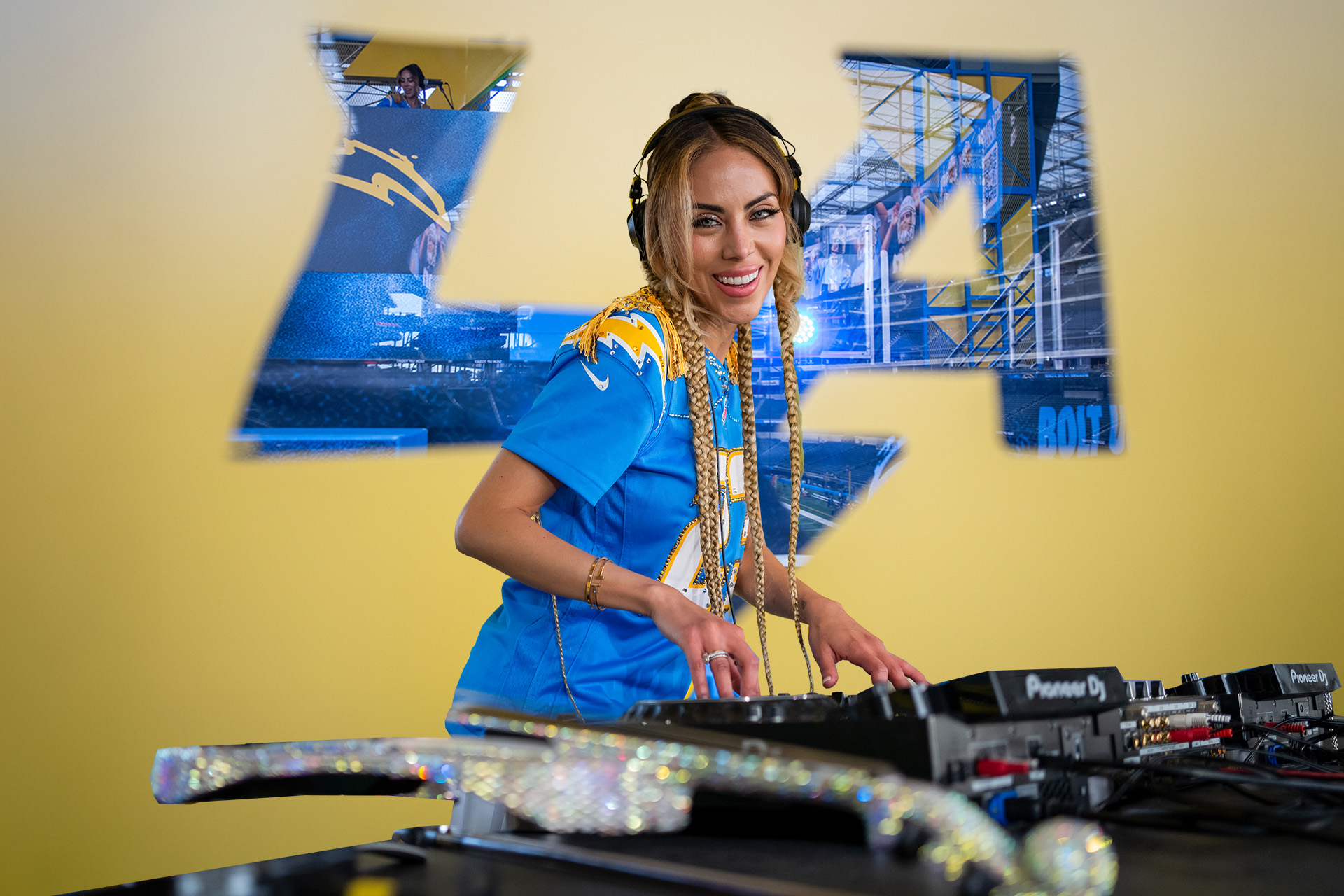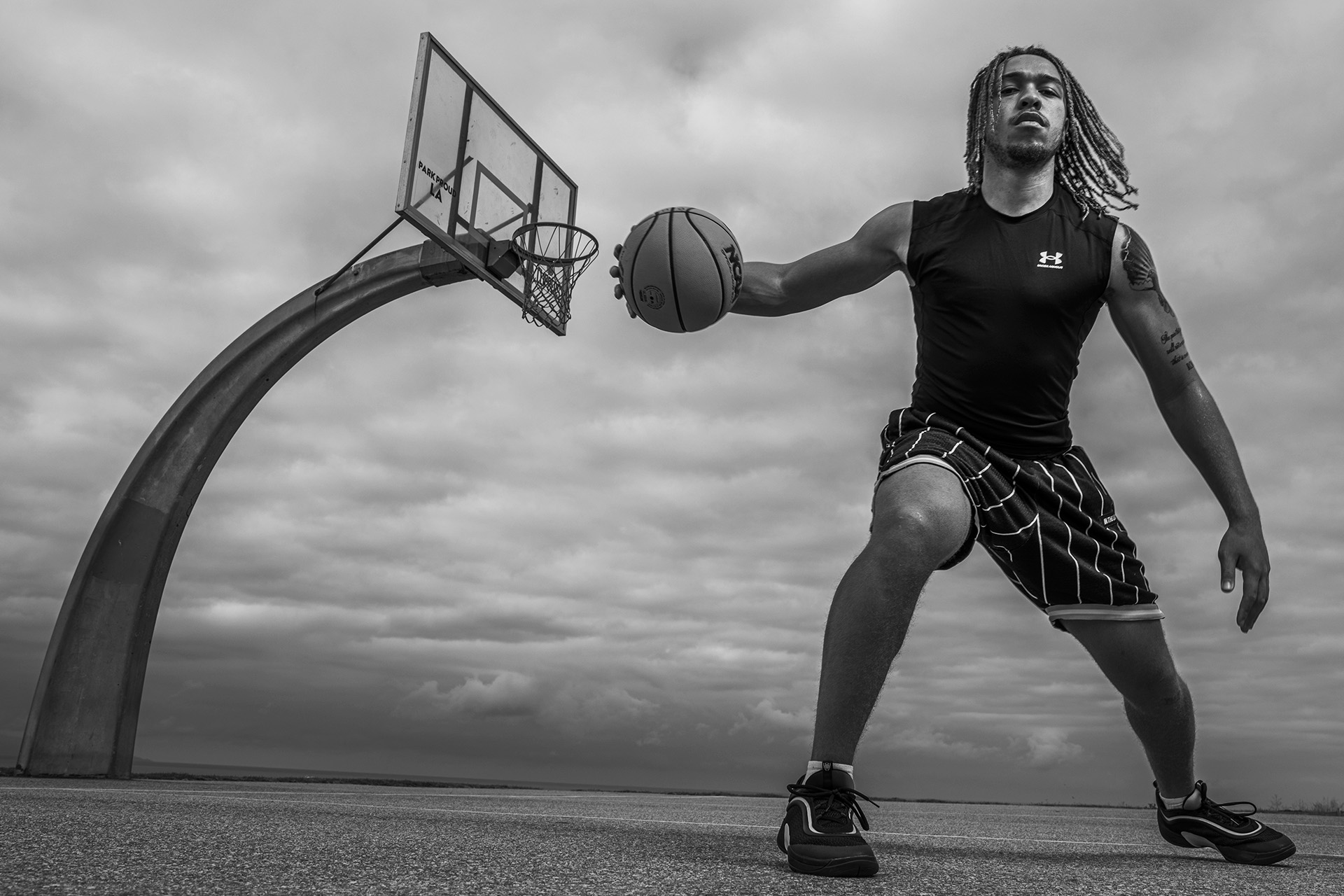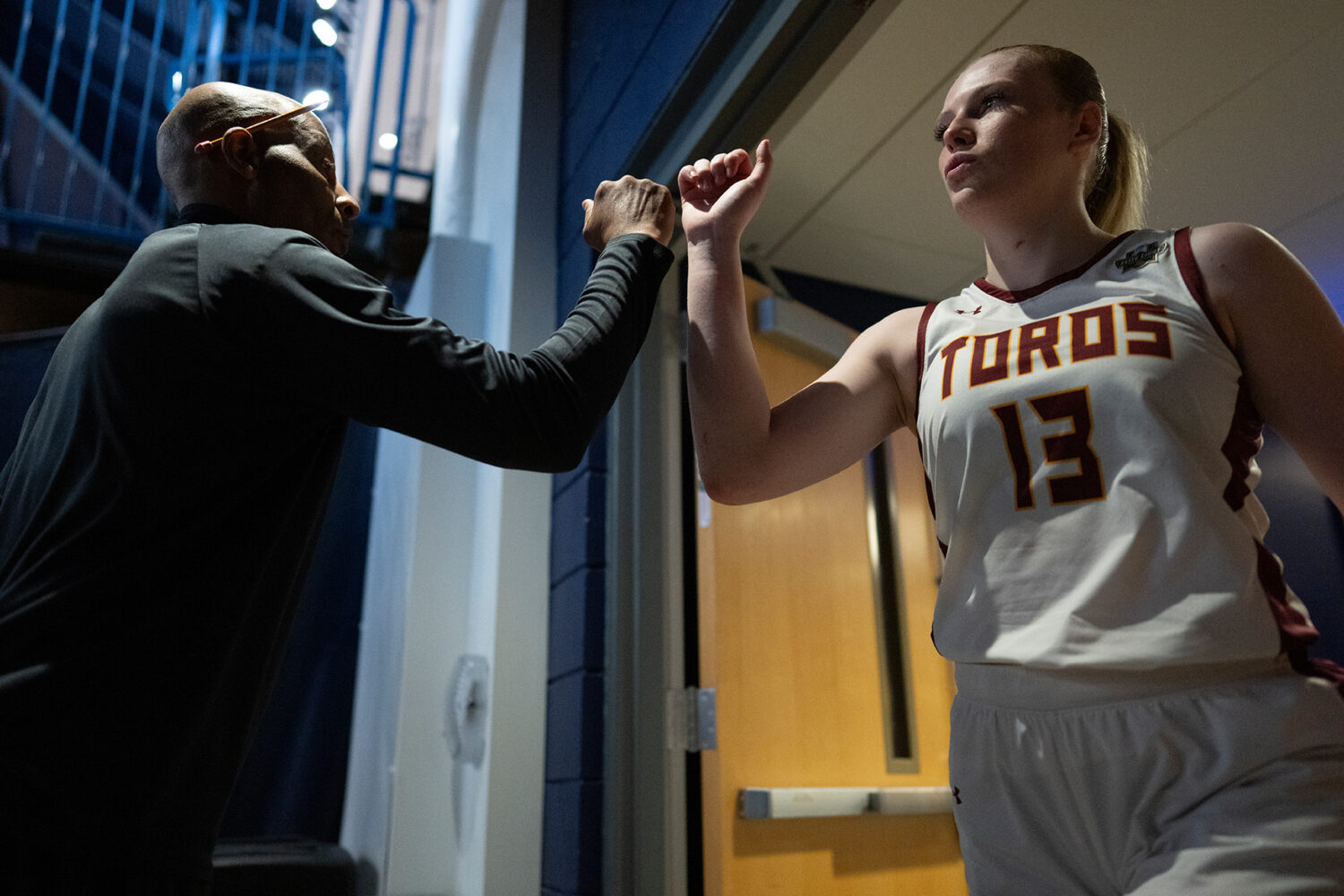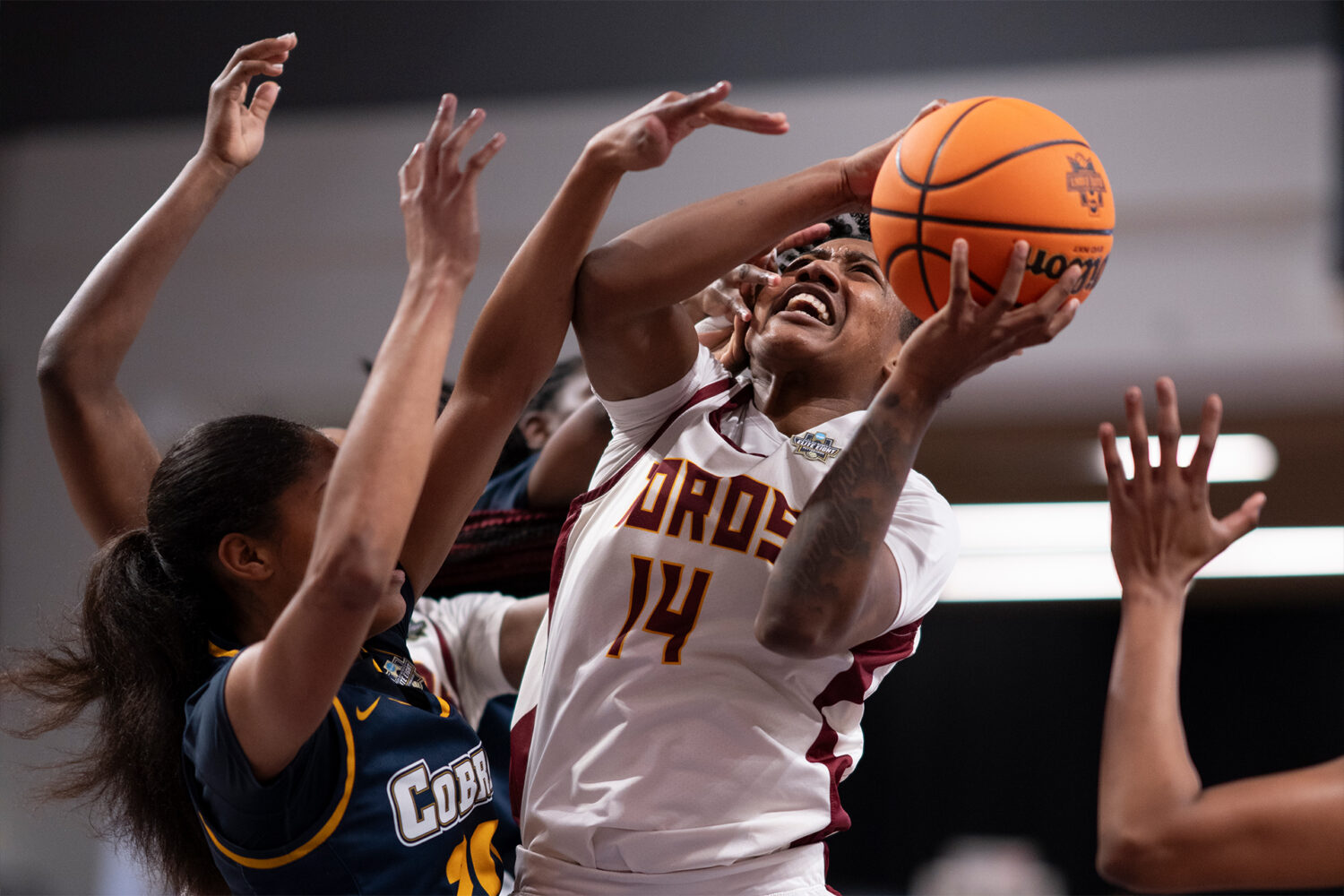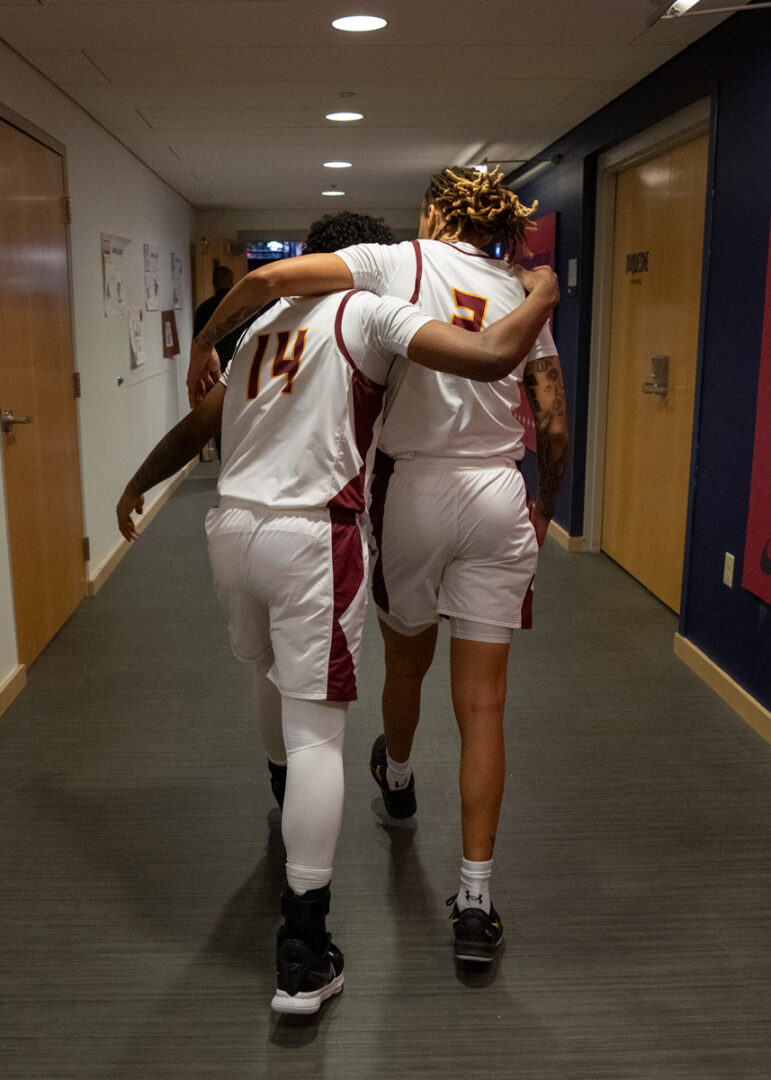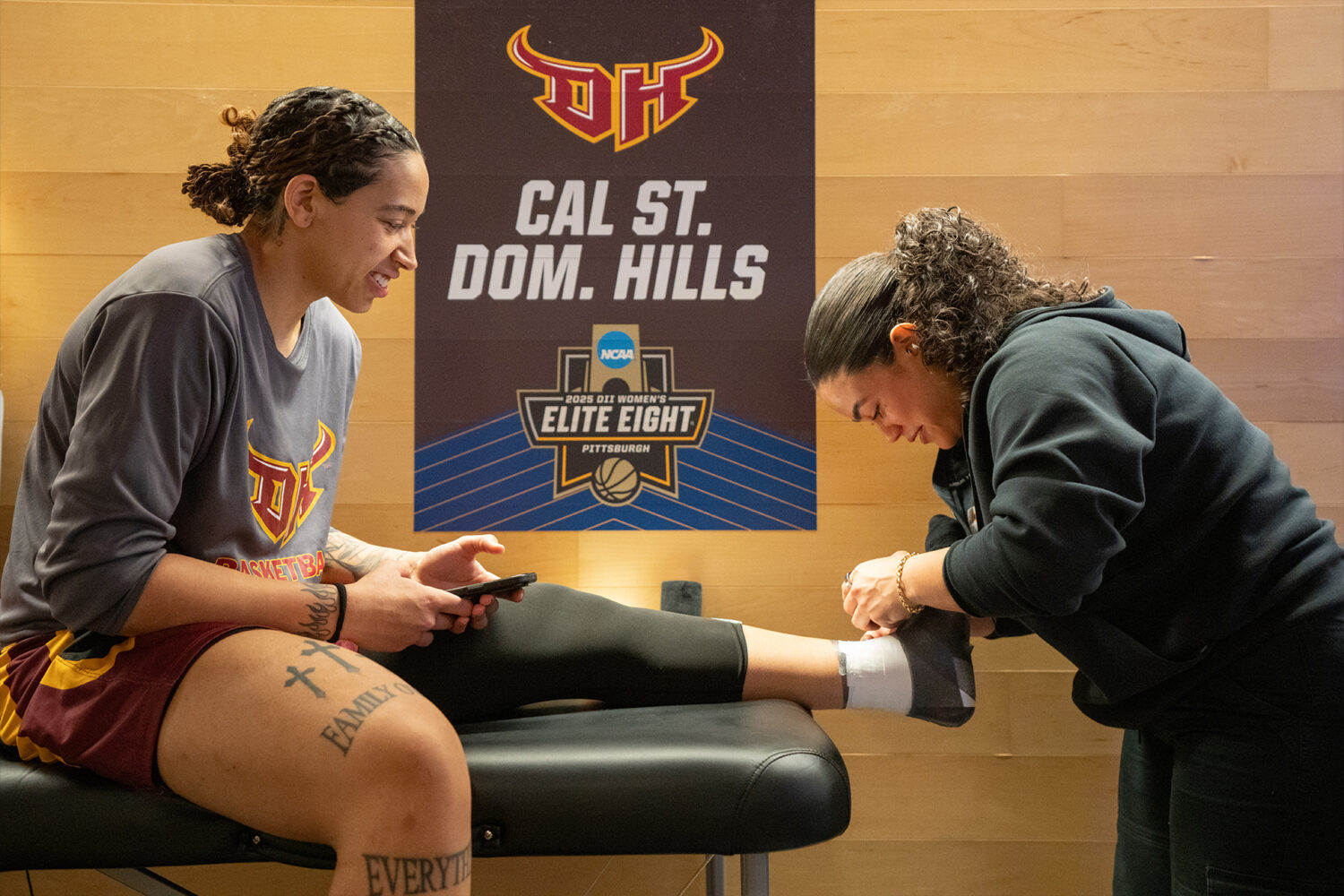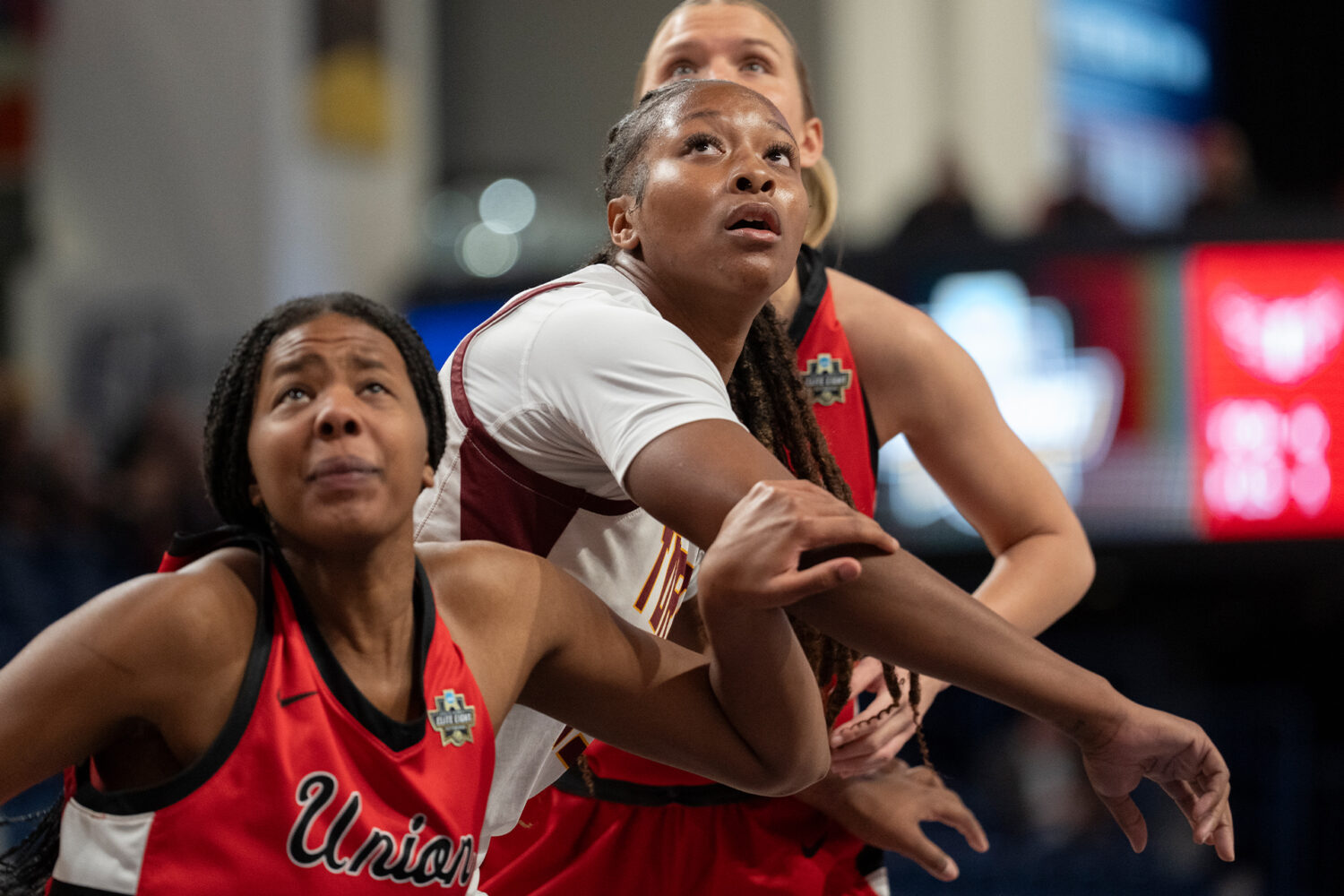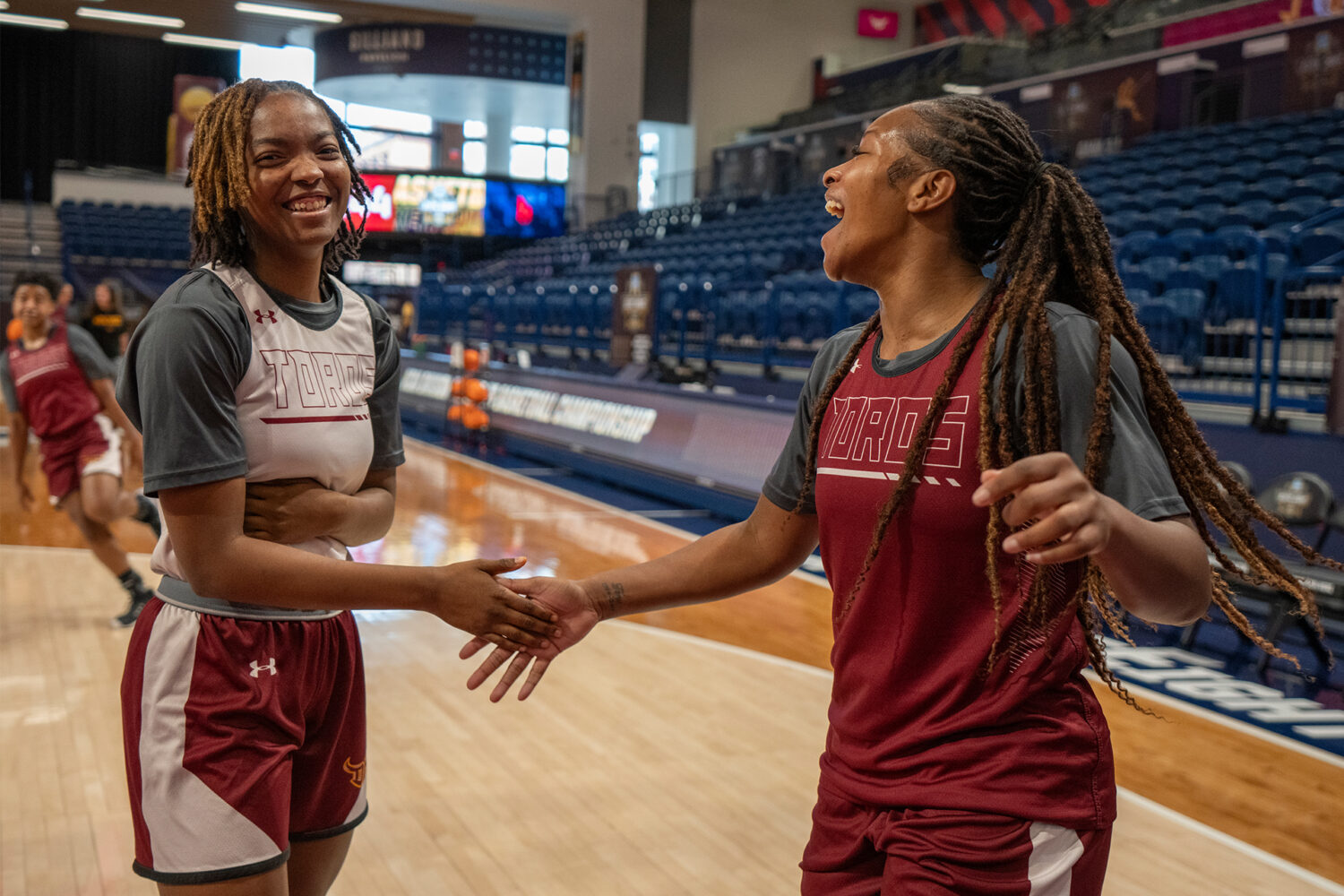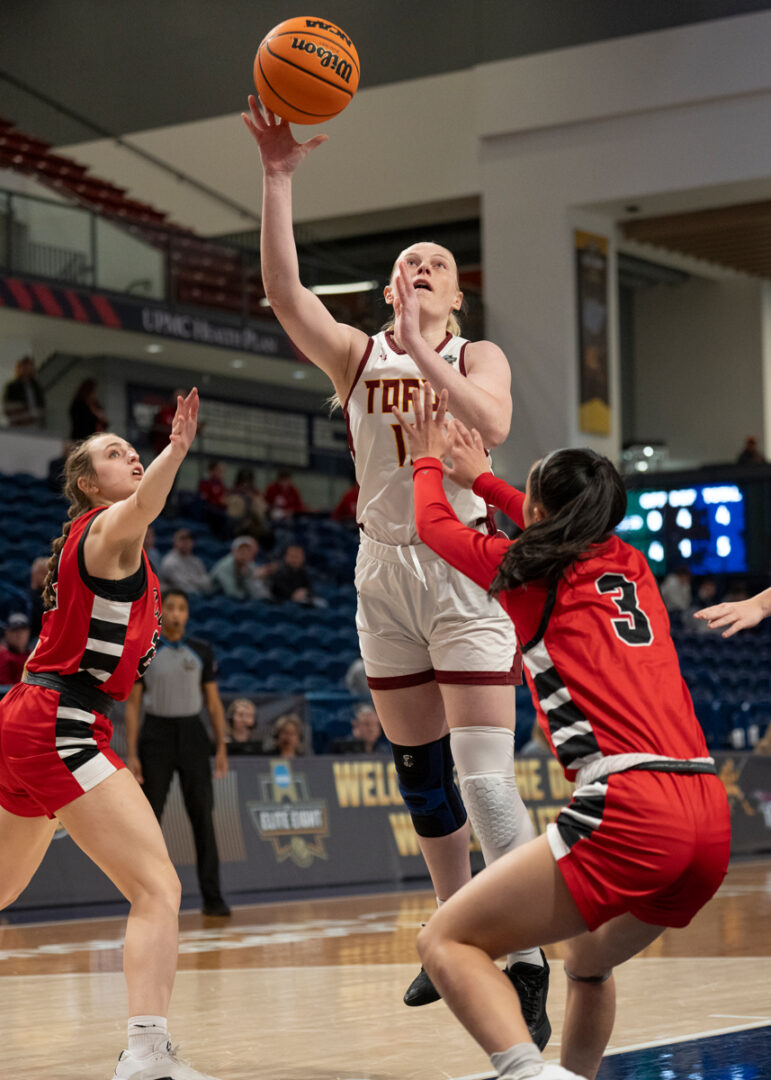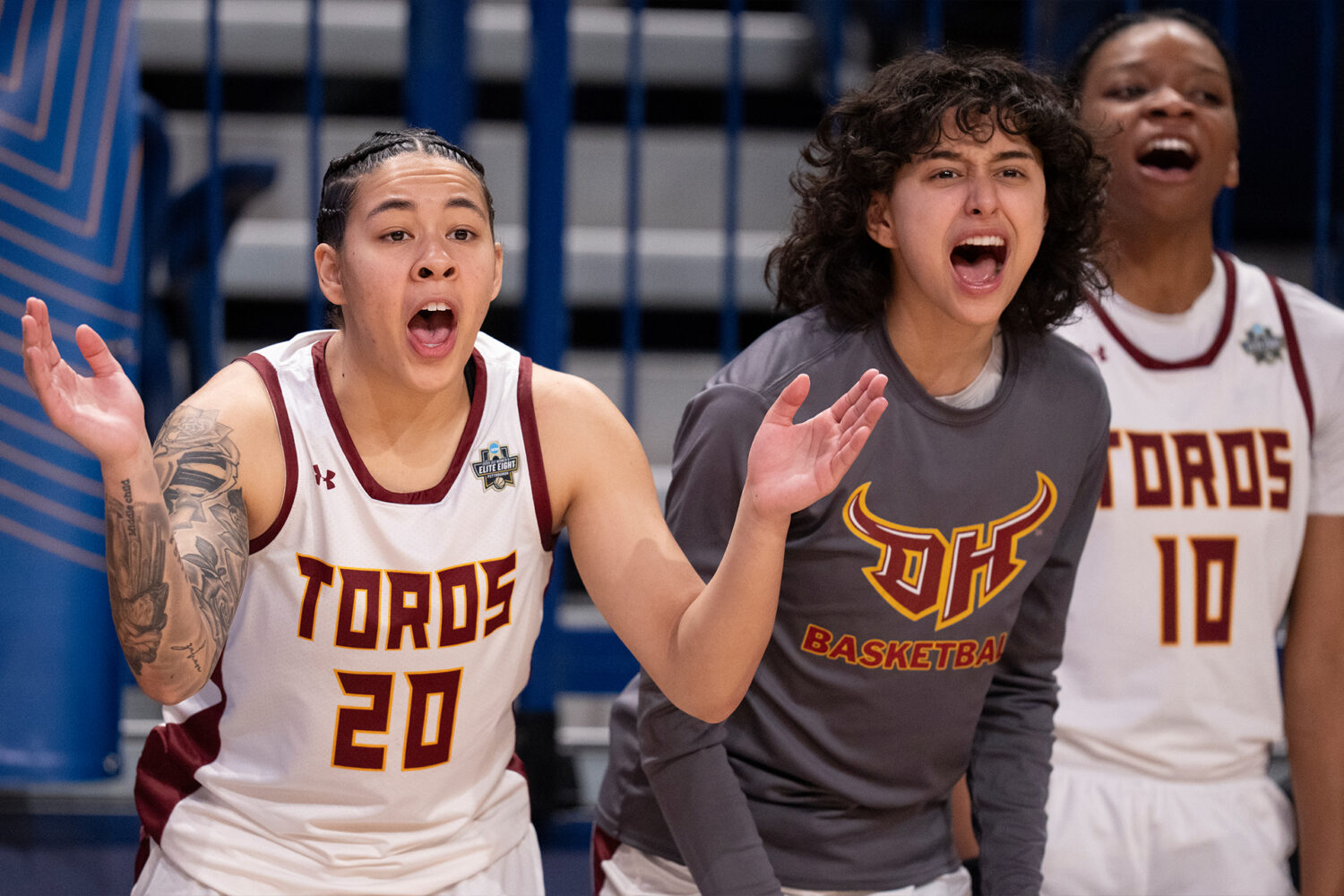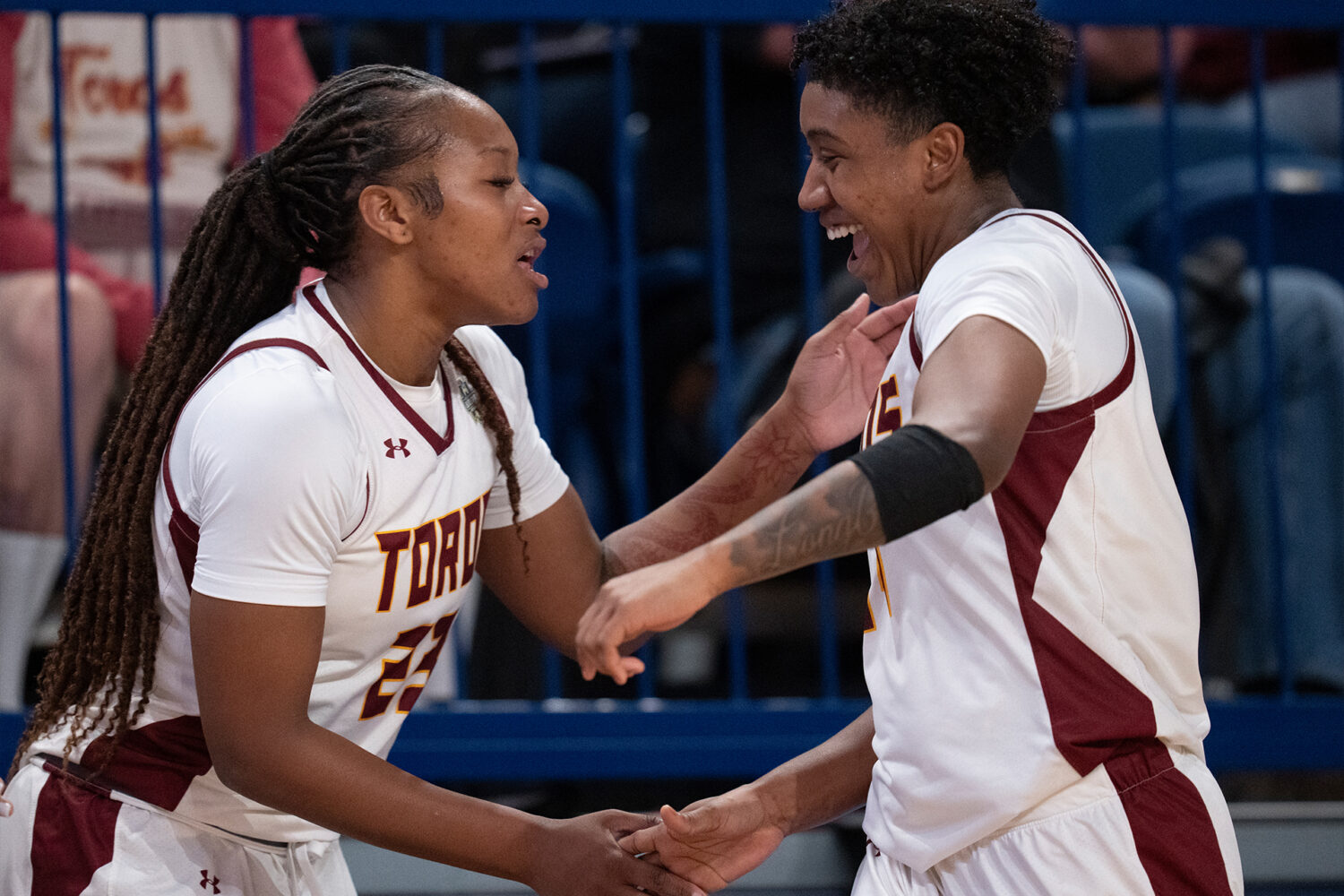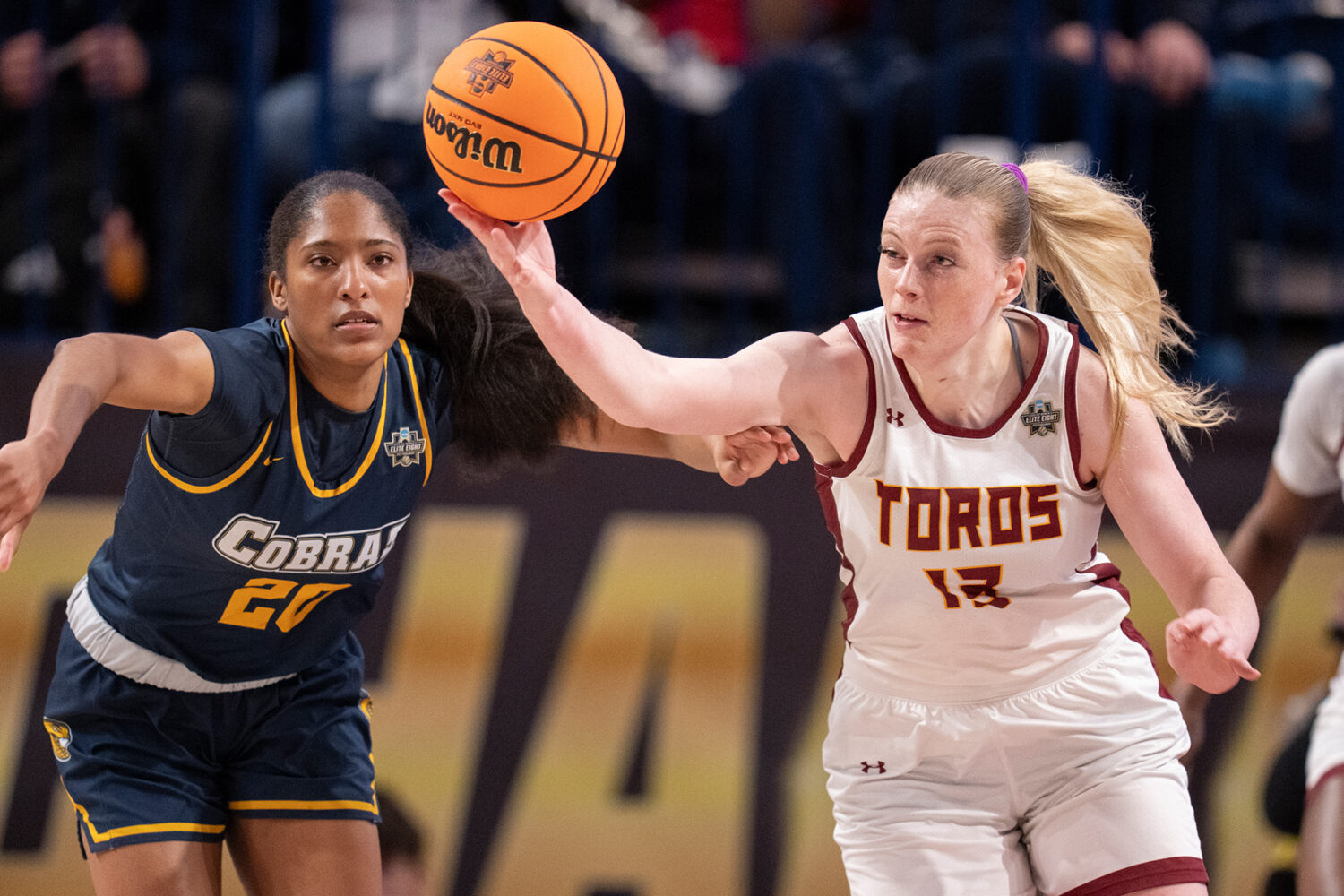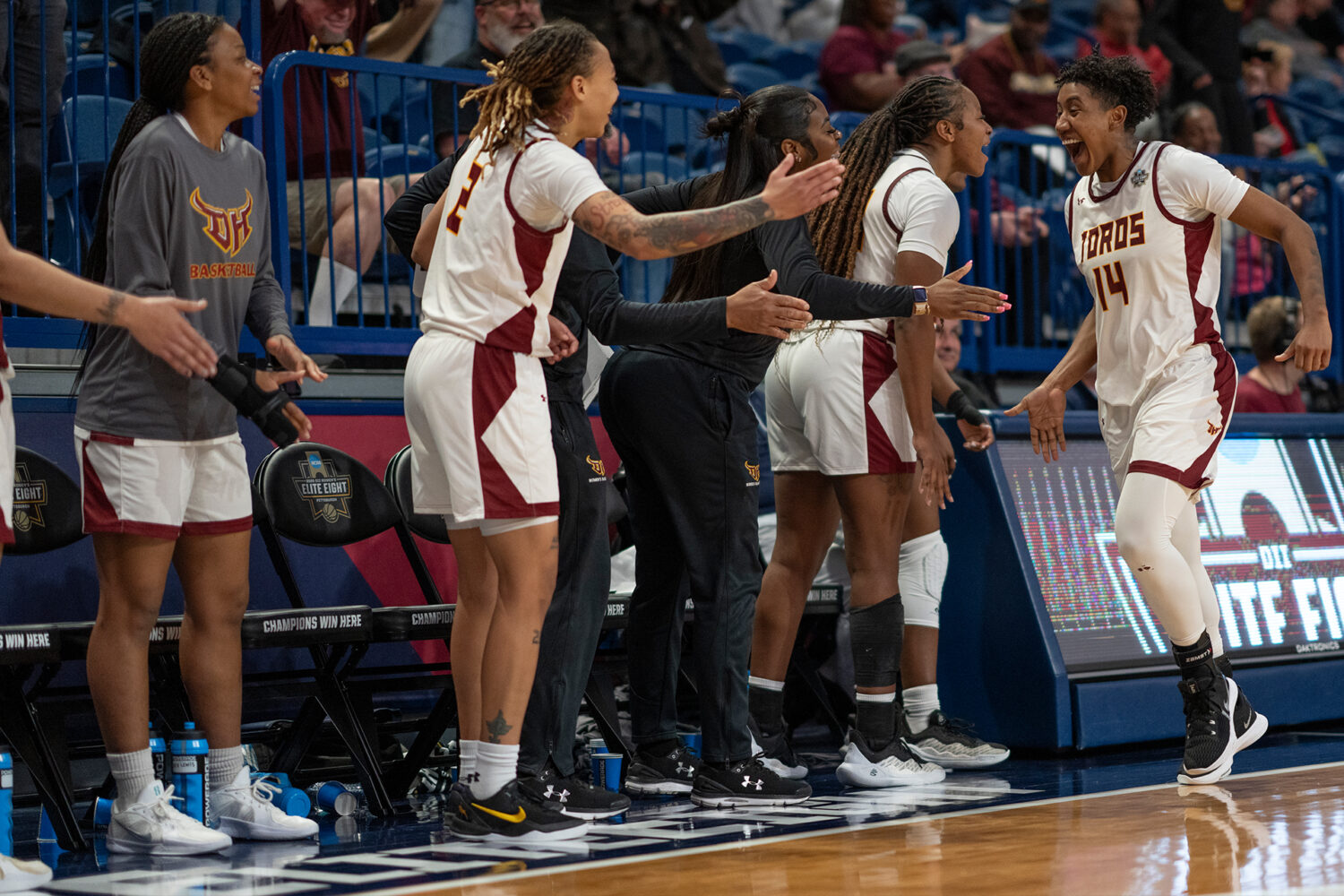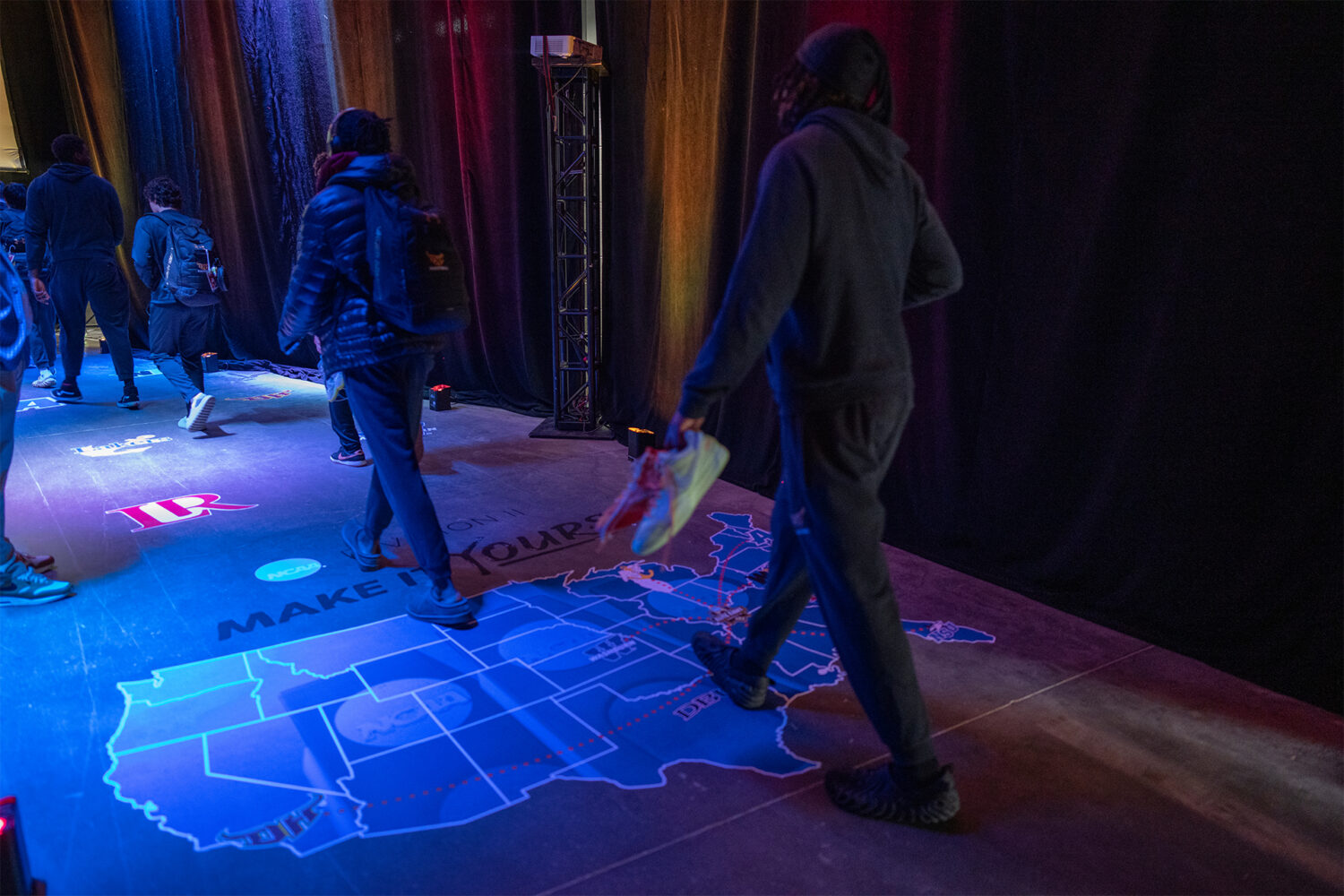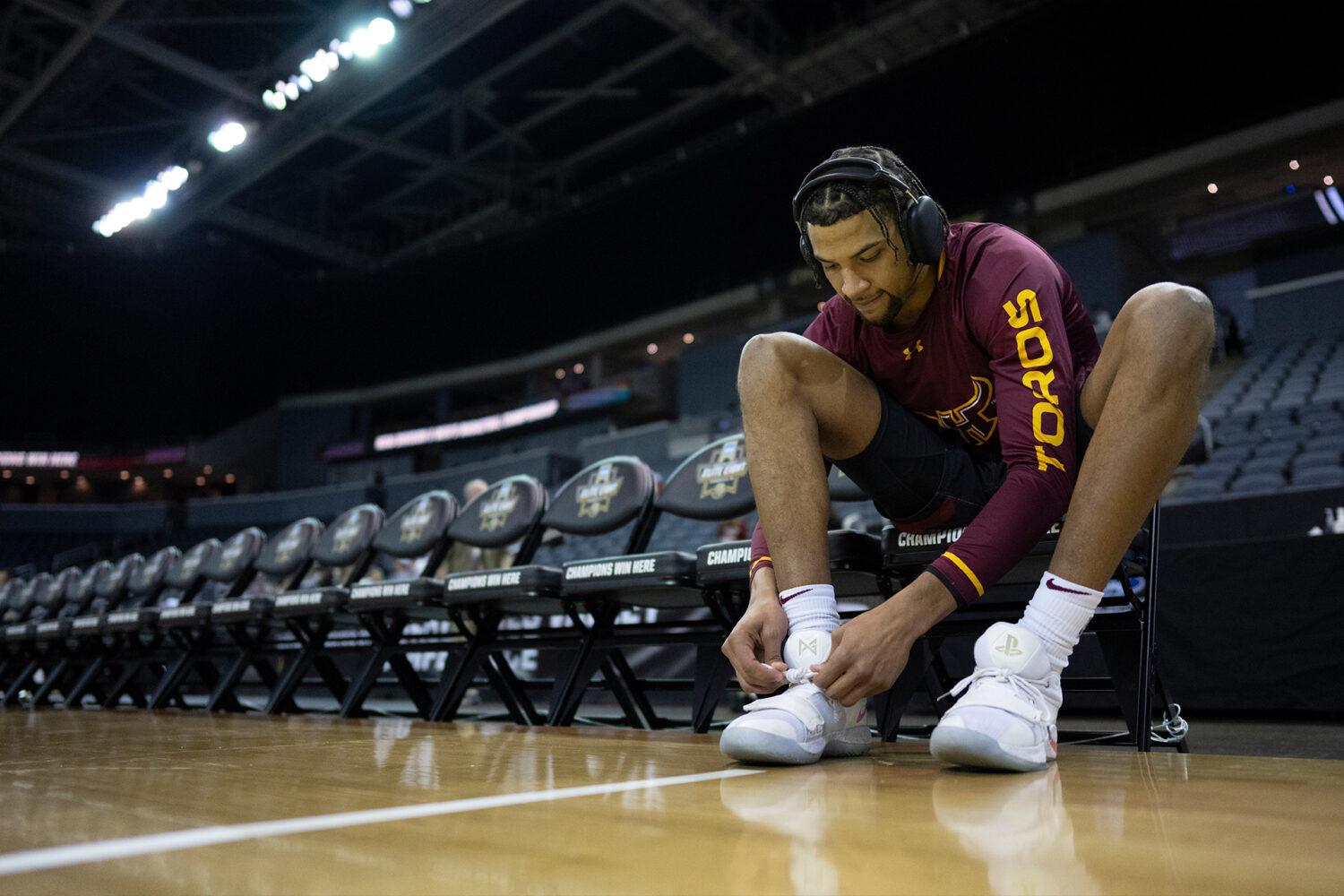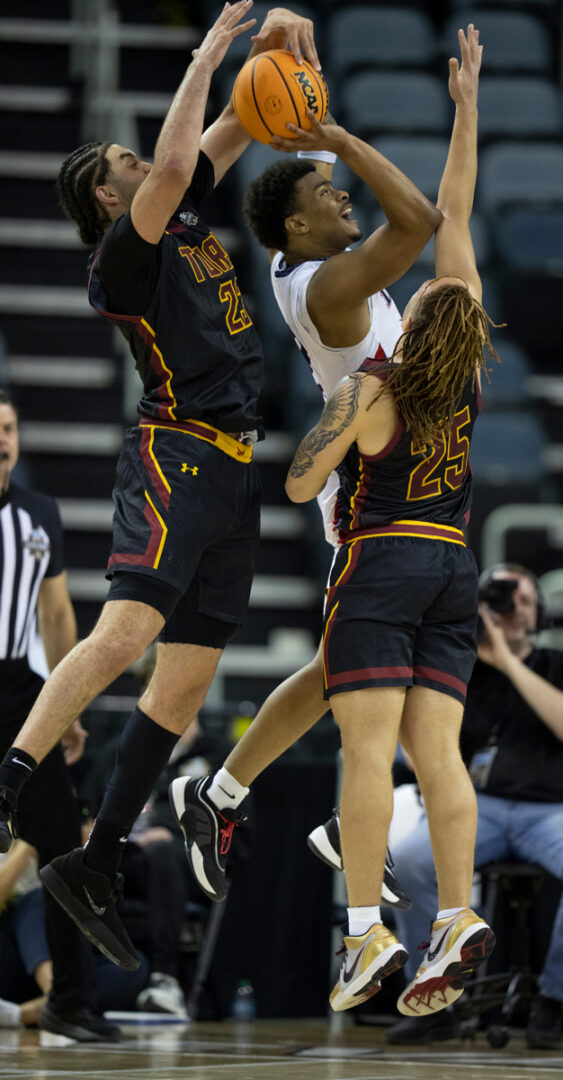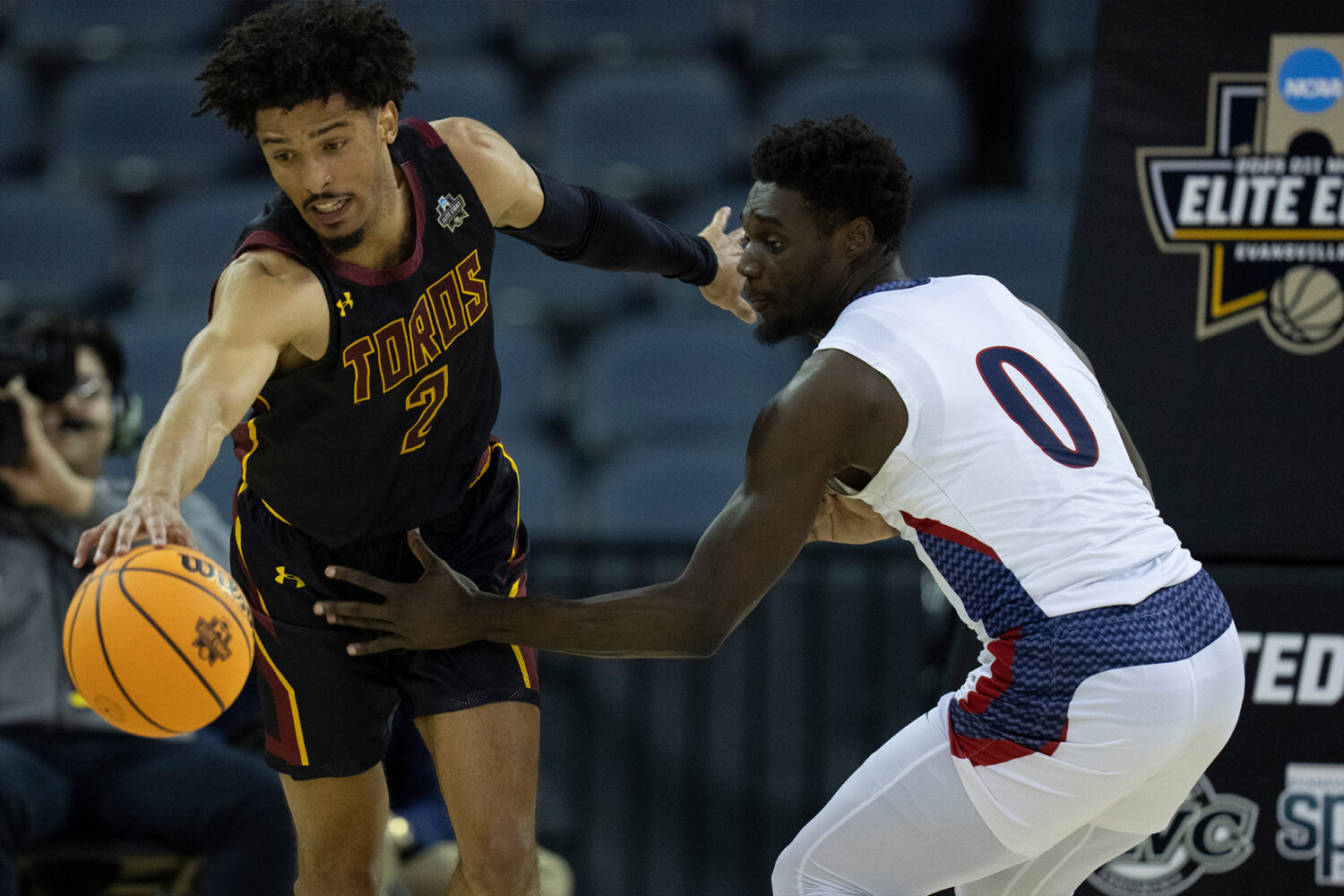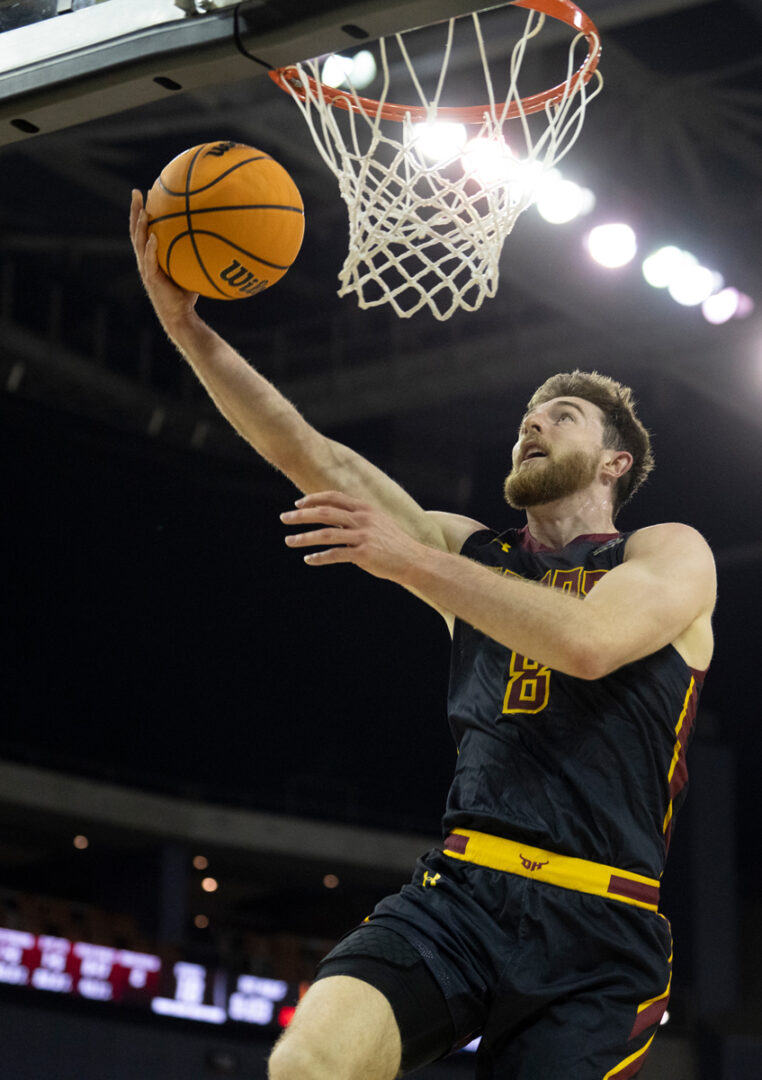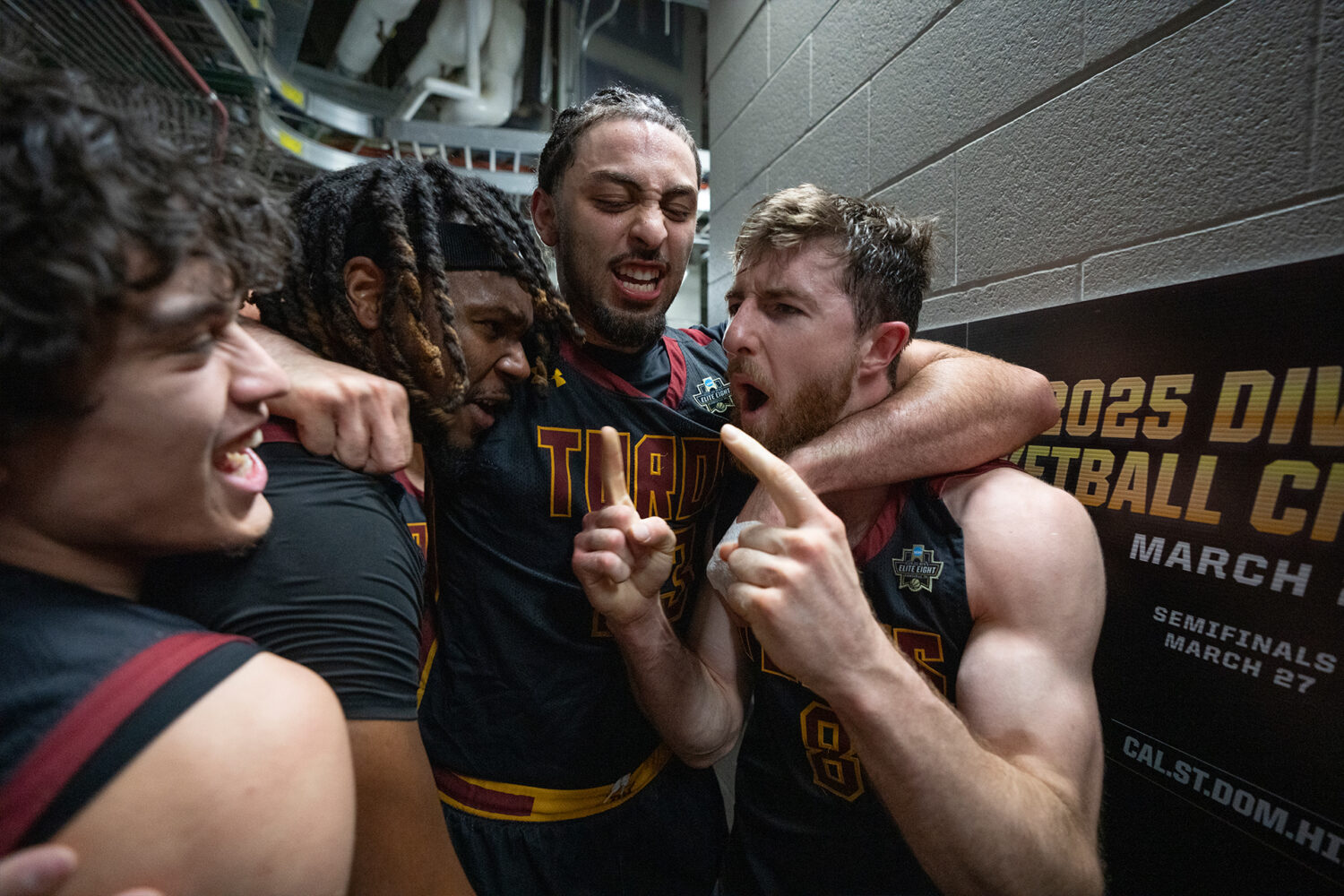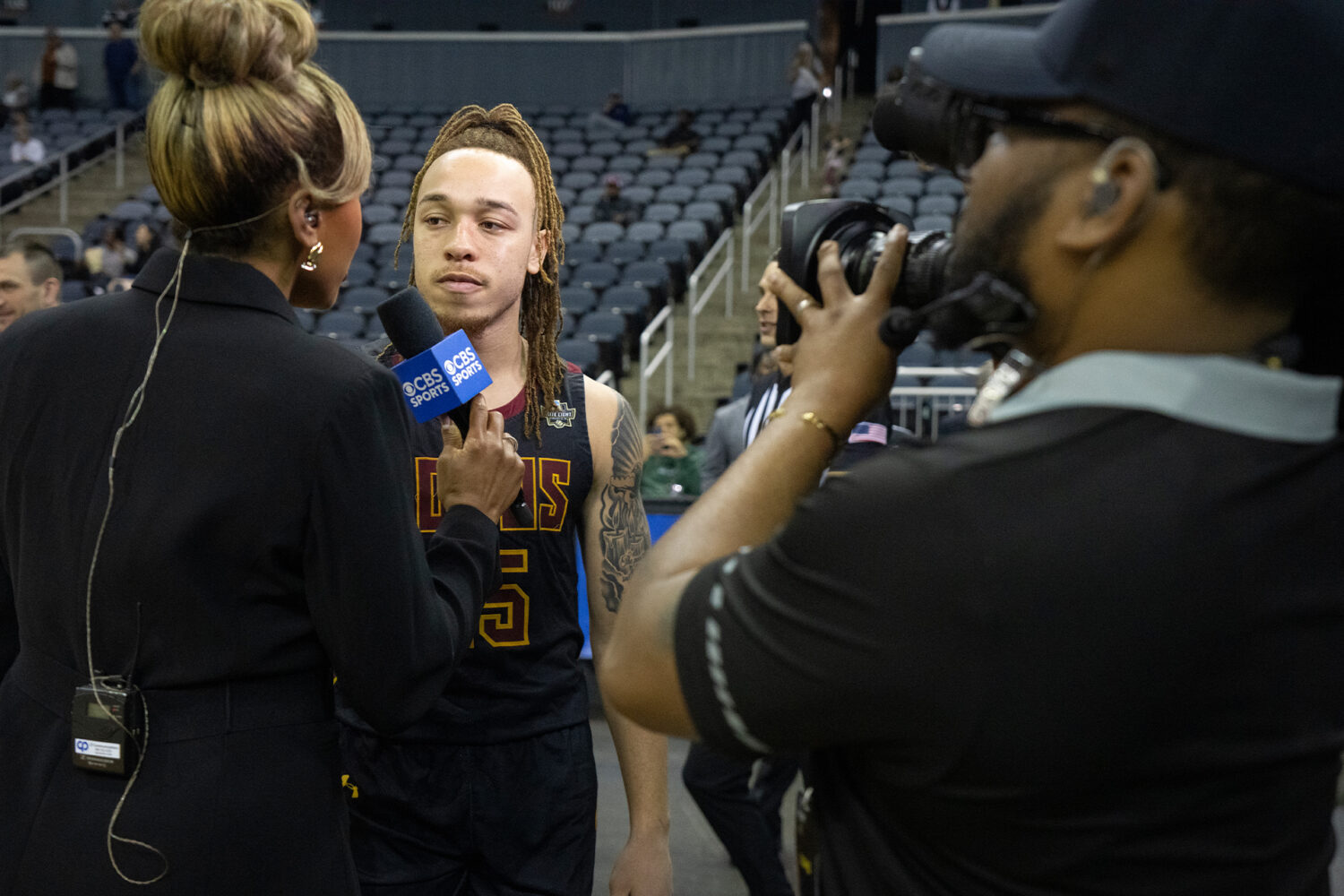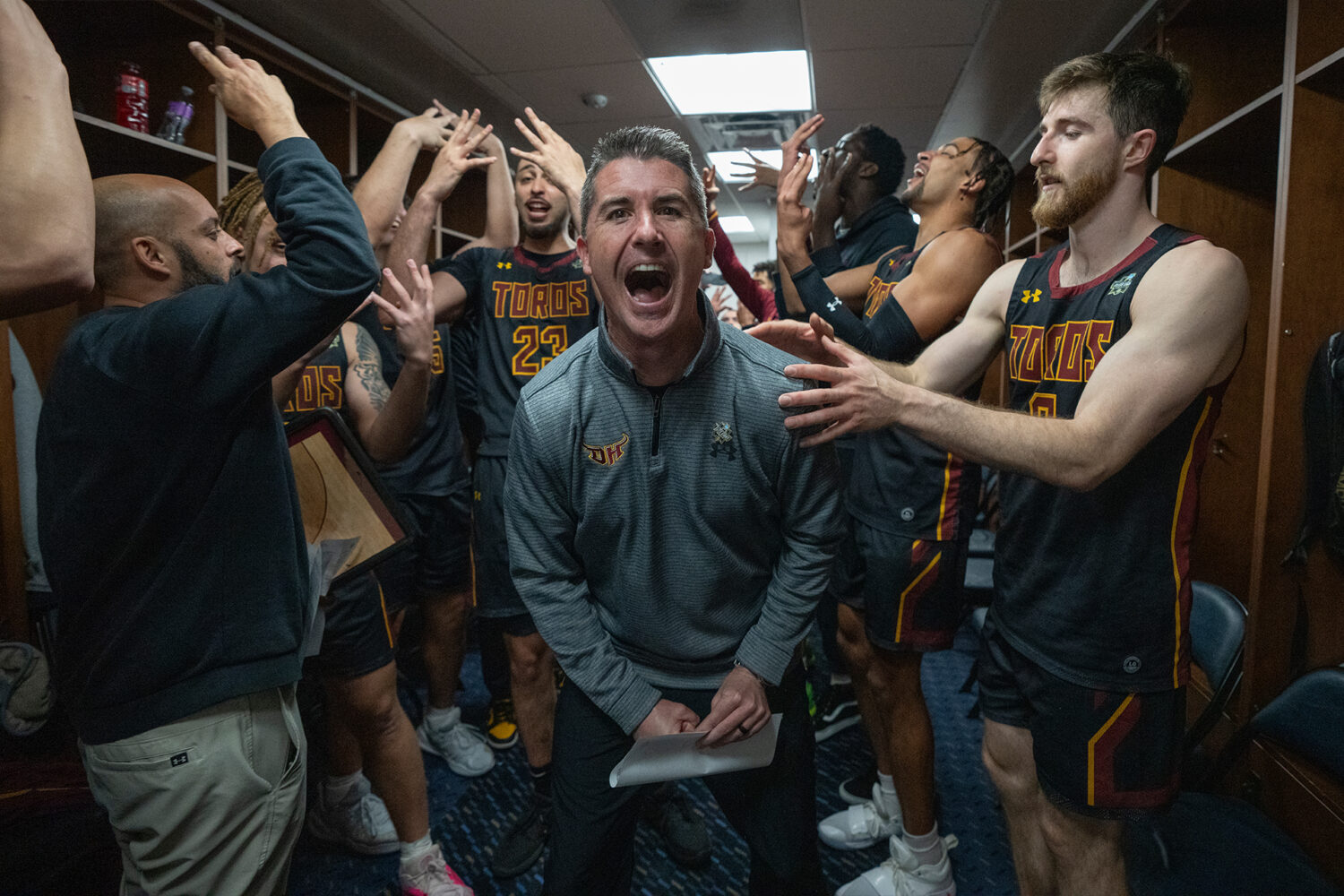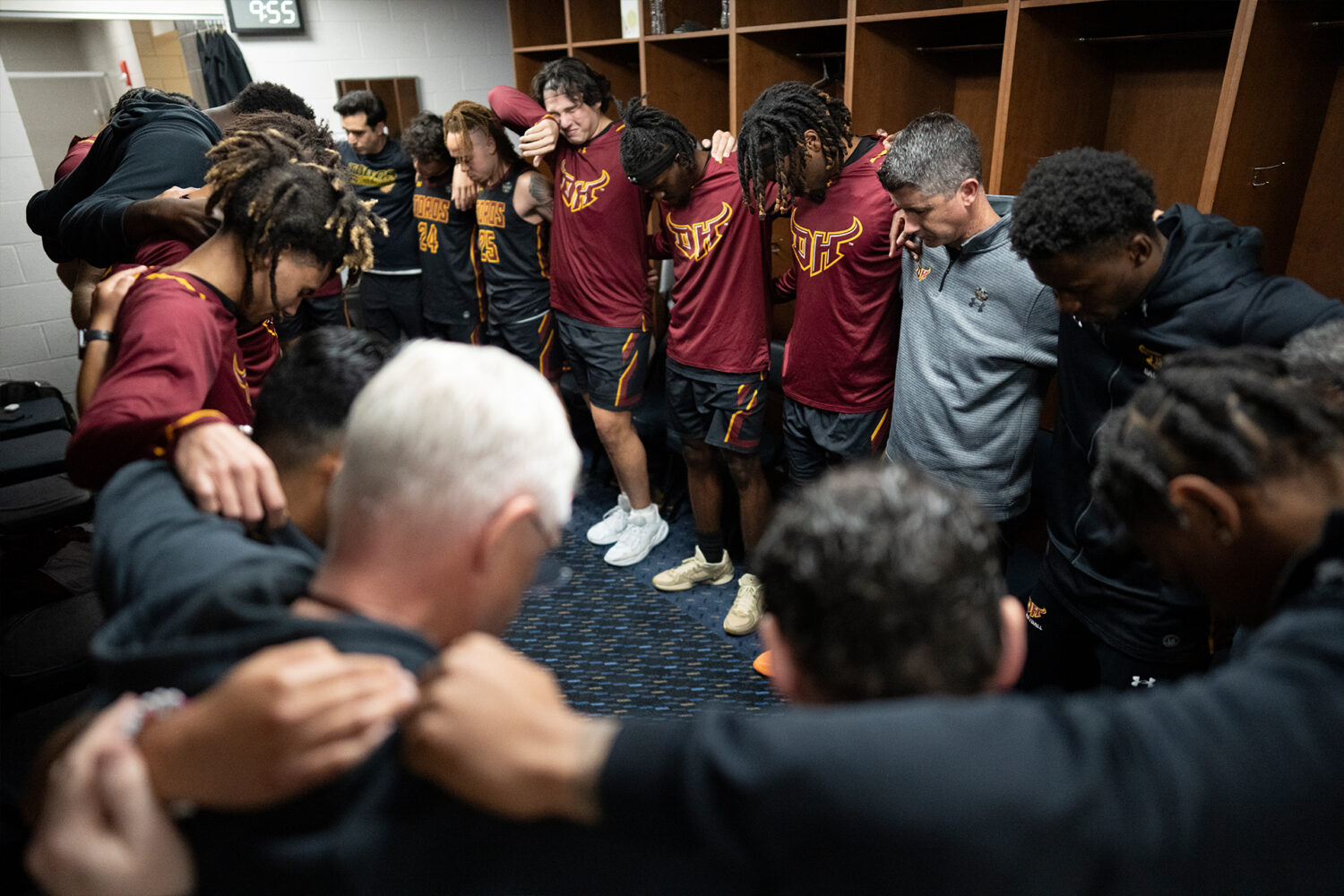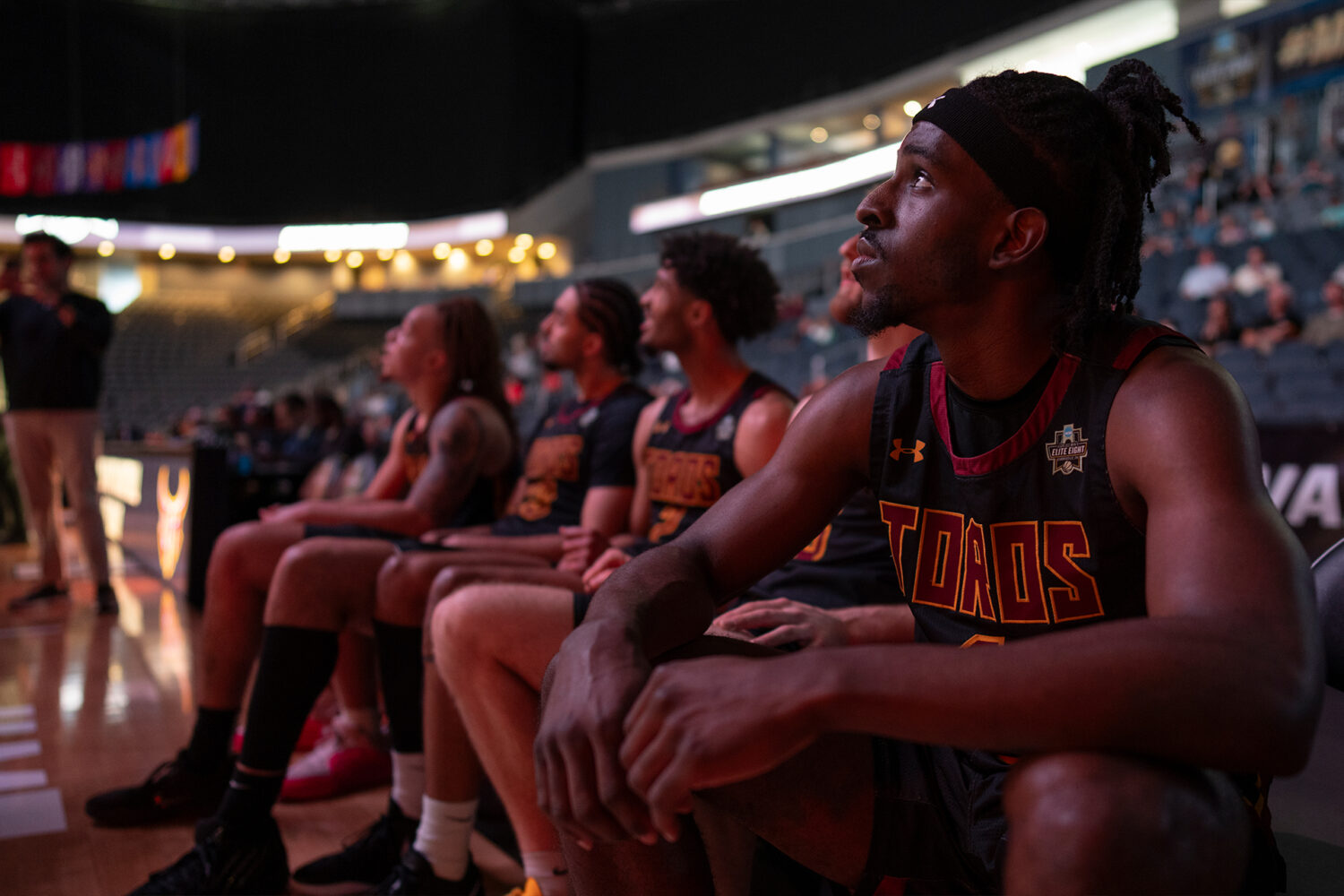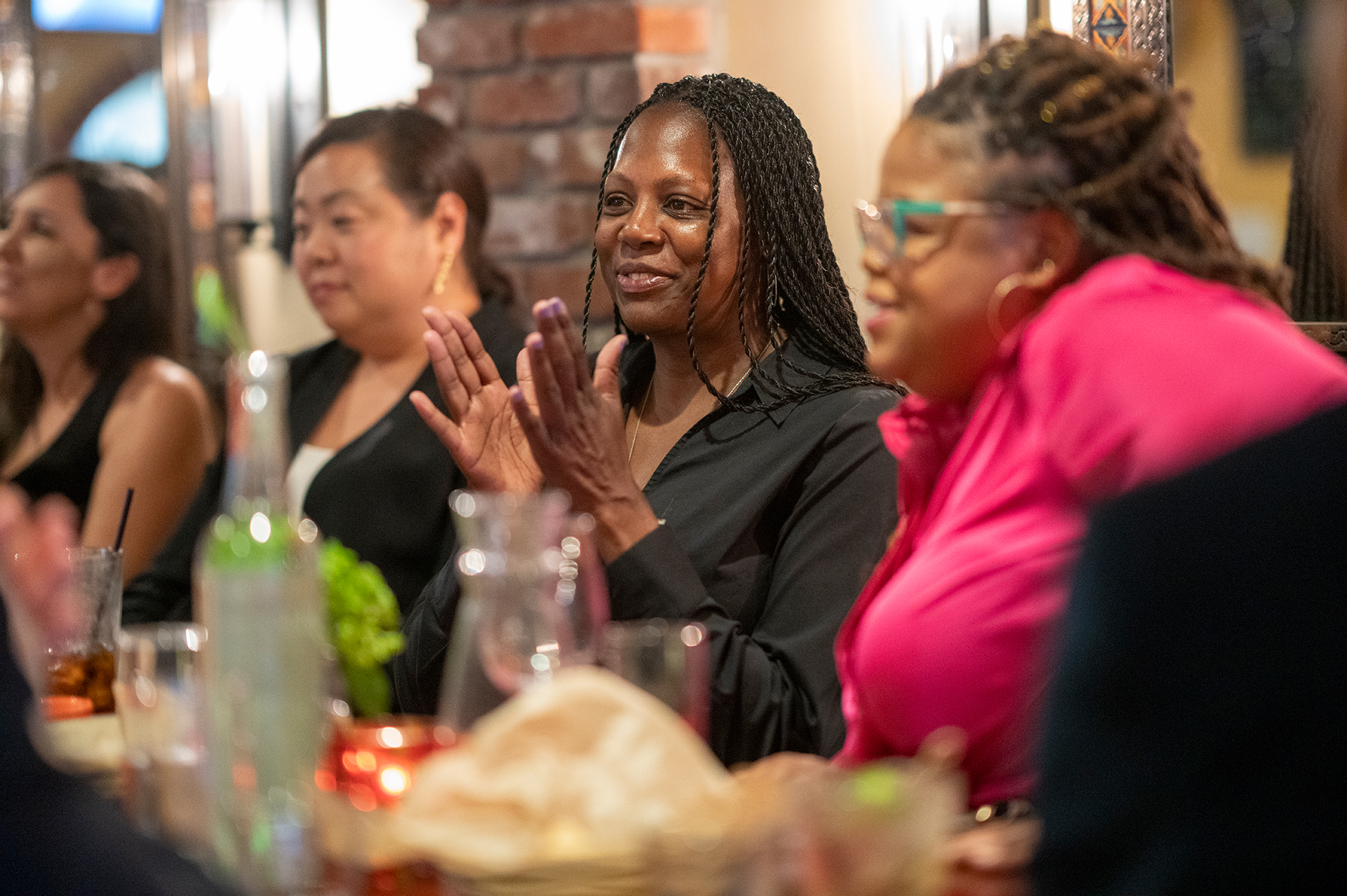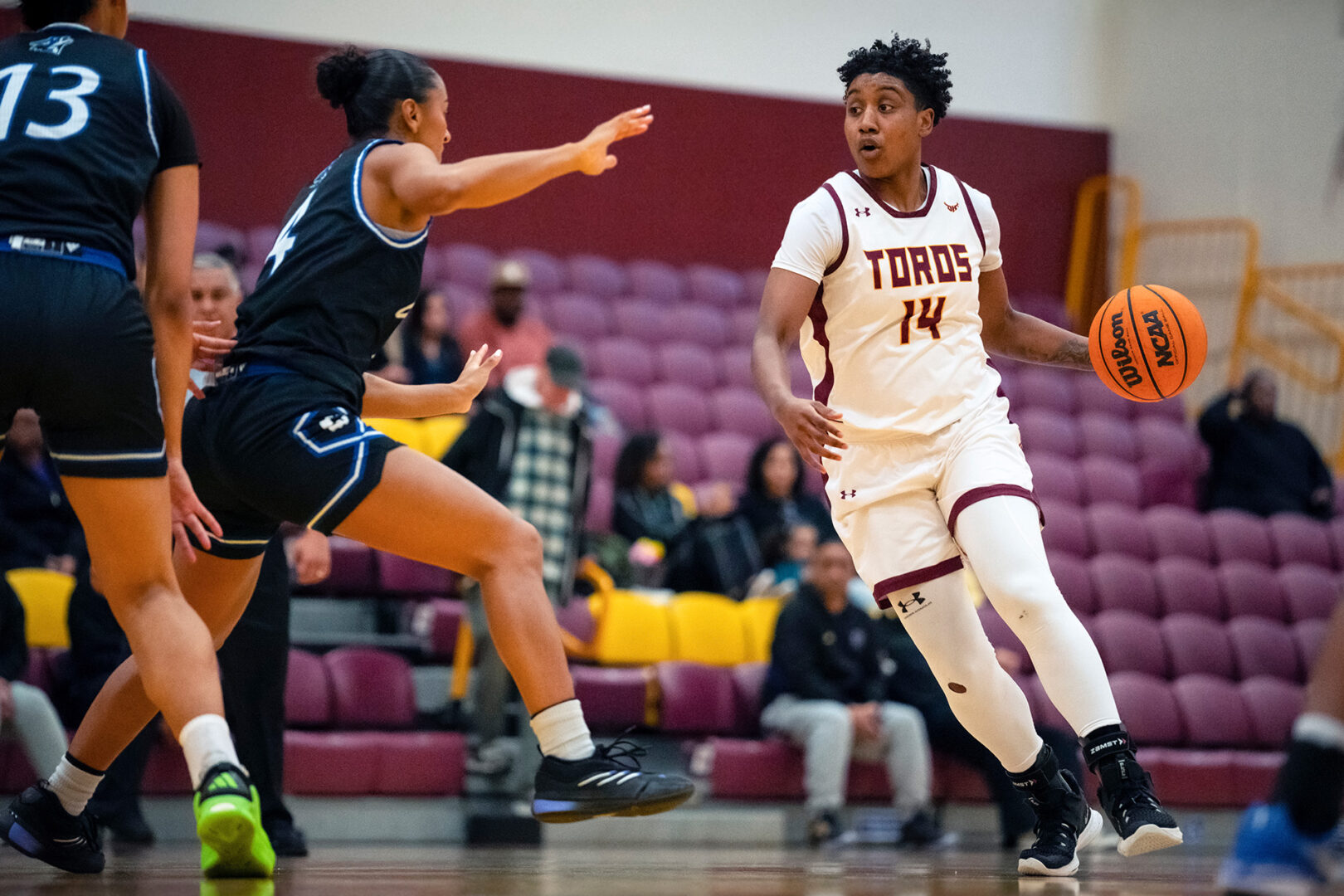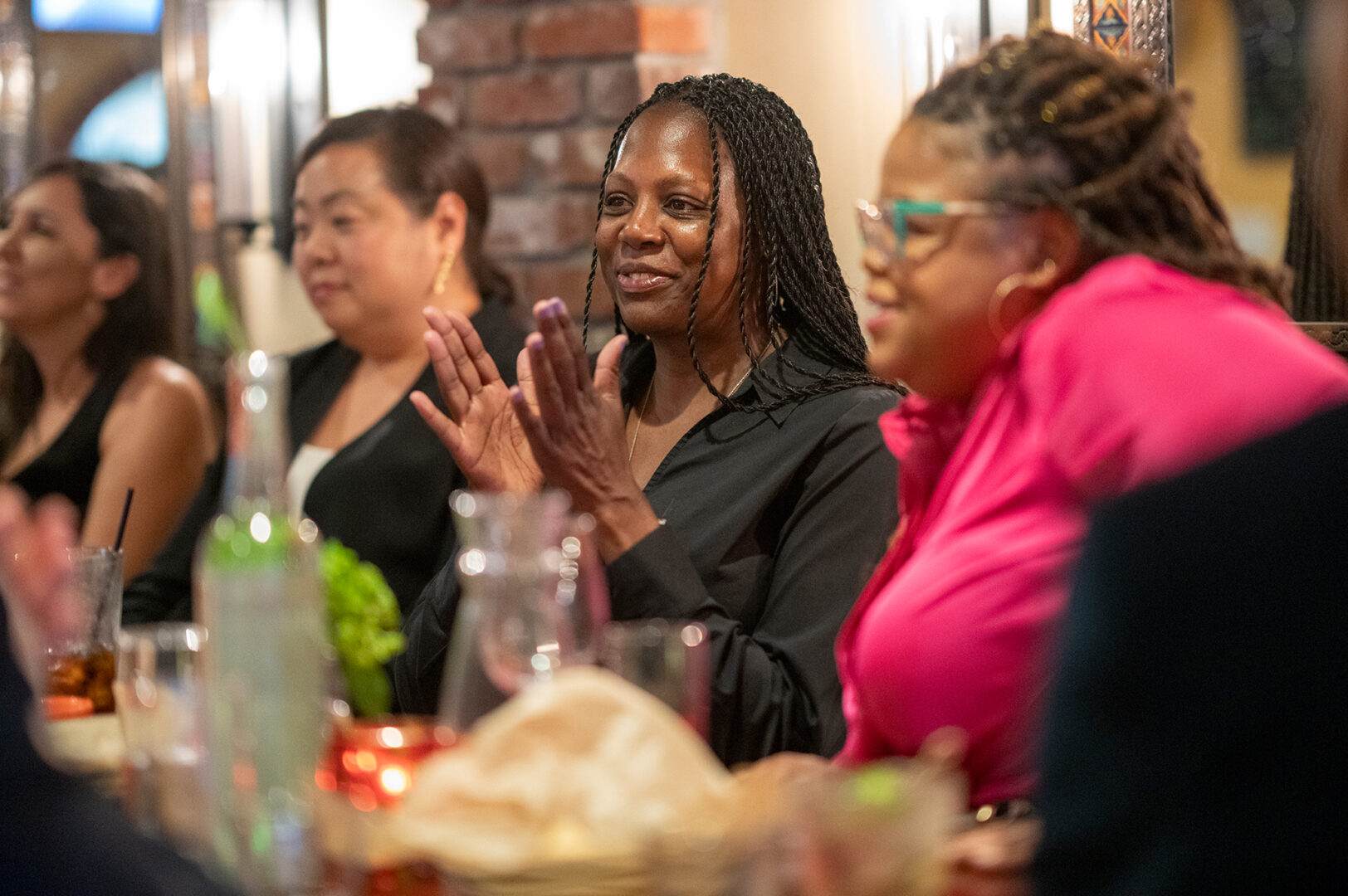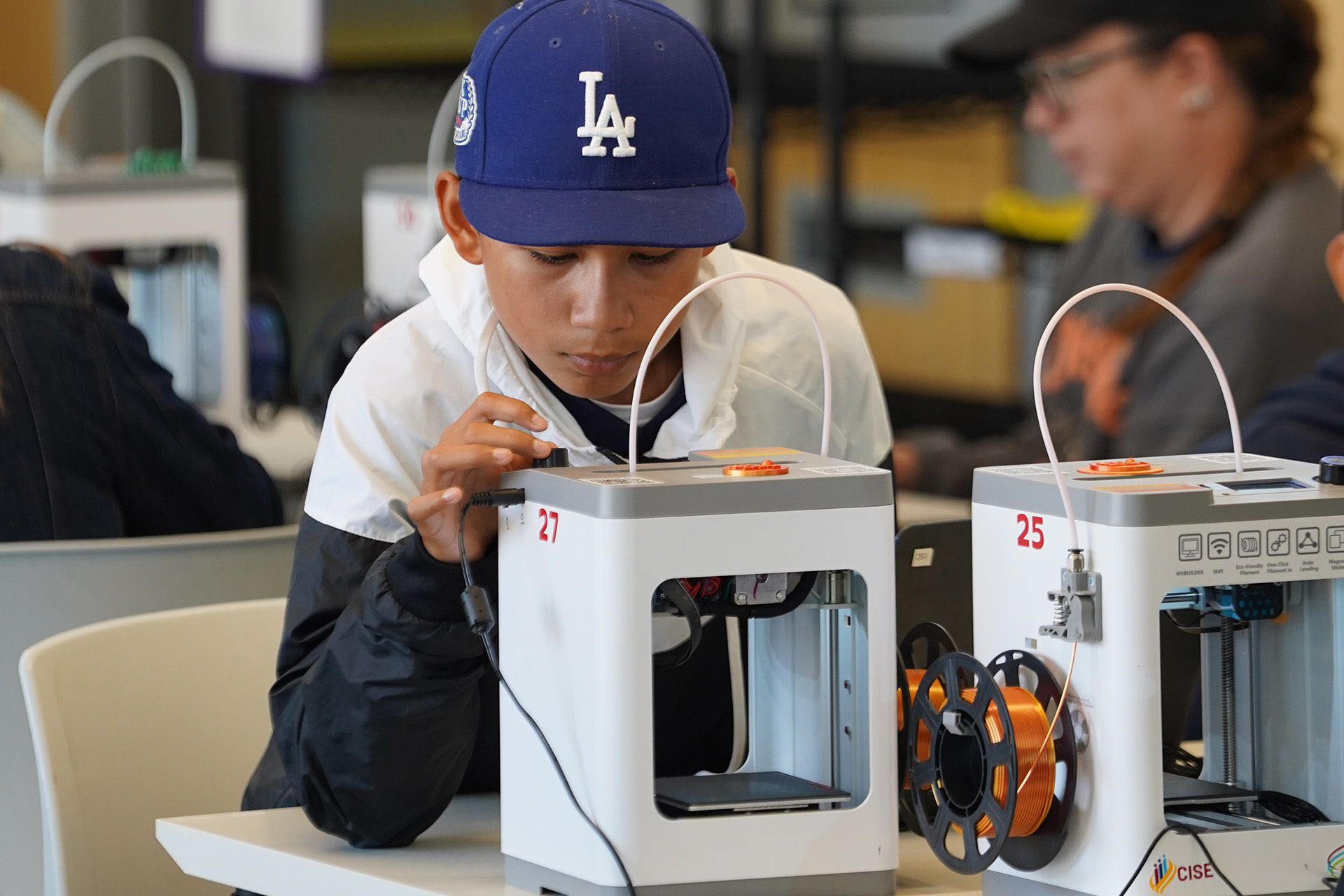CSI:DH
A Unique Forensics Class Gives Would-Be Investigators a Crash Course in How to Handle a
Crime Scene
A dark, chilly October night. Red and blue police lights cast flickering shadows across the ground. Flashlight beams bob through a desolate field, as teams of investigators comb the area, searching for clues to a murder. It’s a scene that we’ve all seen hundreds of times in movies and TV shows… but this is no TV show. It’s all real. (Sort of.)
The episode is part of a Forensic Science course taught by lecturer Ed Newcomer, who recently retired after spending more than two decades as a special agent for the U.S. Fish and Wildlife Service. Based out of Los Angeles, Newcomer worked on dozens of wildlife trafficking cases that found him out combing the bushes for clues. Now, he strives to give his students the hands-on experience of a real crime scene investigation.
The desolate field was actually a patch of unused space on the east side of the CSUDH campus. Newcomer spent the day of the exercise staging ten “crime scenes” around the lot. Each scene contained the same objects and clues, but students had no idea what they were looking for beforehand—or even how many clues they should be able to find.
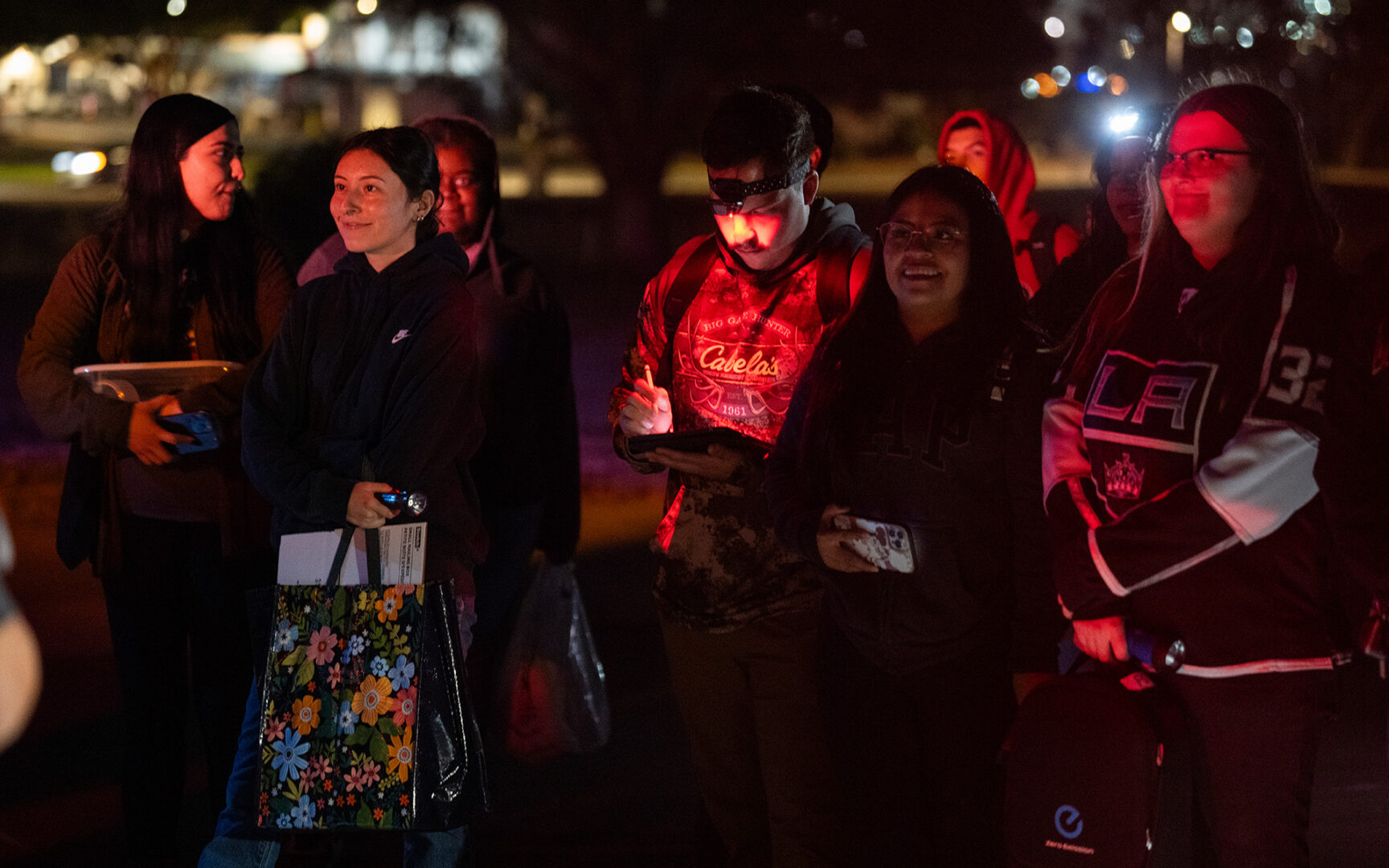
The class was divided into groups of four, and each group was instructed to secure their crime scene and proceed with a detailed investigation of the area. To add to the realism, Newcomer even asked members of the CSUDH staff to portray nosy reporters and photographers trying to pry some news from the investigators as they worked.
Once the teams gathered all the evidence they could find, they took the items away and examined them for fingerprints. With those results in hand, they were expected to find the culprit from a list of potential suspects.
Brenda Montes, a senior biology major, took the course to gain insights and experience about the career she plans to pursue after graduation. “I’d like to be the one in the lab analyzing potential evidence,” she said. “This course has really helped me explore that career and given me an idea about what I’ll experience.”
When Newcomer started teaching the forensics course a few years ago, he adjusted the curriculum a bit. “I wanted to give students a real sense of what it’s like to incorporate forensic science into an actual investigation, how that works in the real world, and what it looks like when you’re doing it. I wanted to be sure that the course is equal parts theory and practice.”
Hands down, this has been one of the most interactive, engaging classes that I have ever had.”
To that end, the professor asked the on-campus University Police Department to lend a hand introducing the assignment. When students arrived at the scene, actual officers were on site portraying the first responders—complete with uniforms and patrol vehicles. Chief Carlos Velez introduced himself, then had one of his officers give the students a quick briefing about the incident and the victim’s condition, all of which had been crafted by Newcomer weeks in advance.
“It’s the first time I’ve heard of someone doing an exercise of this caliber, so I thought it would be nice to participate,” said Velez. “We were there to provide that realism—as they’re walking into a crime scene, they’re met by the police officers and can see what that initial exchange of information consists of.”
After that introduction, the teams fanned out and searched for clues. Students were given two hours to secure their area and document and save everything they discovered. All the specifics of what to do and how to do it were up to the students, who had to rely on the procedures and methods they had learned in class.
“I teach my students the importance of accuracy, integrity, and accountability,” said Newcomer. “They need to know what to do at a crime scene investigation, but they also need to know why the steps are so important.”
Arriving at the scene and seeing the police officers and flashing lights made the project feel authentic, said Justice Crane, a senior criminal justice major. “When we got out to the field and saw (police) and everything, we were like, ‘Wow, this is the real deal.’ The professor really wanted us to feel engaged and made it as close to an actual crime scene as possible.”
In between sketching the scene, collecting evidence, and dusting for fingerprints, Crane’s team found an object: a piece of string. It might have been a clue—or something irrelevant. In real life, investigators face decisions like this with regularity. Crane’s team considered, eventually deciding the string was just trash that had already been there before the incident.
For Newcomer, the exercise came off better than expected. He hadn’t been sure how the class would respond when confronted with a truly realistic crime scene and instructed to figure things out for themselves.
“Students were initially intimidated by the whole thing and seemed unsure how to start, but once they got a feel for it, they all really got into a groove and started applying what they’d learned in class so far,” he said. Even teams that missed one or two small items in their scenes did find the critical pieces of evidence—which would play a role in their next assignment.
Newcomer plans to continue to create realistic crime scene exercises for the students in his course, using what he learned this time to improve the process. According to the students who took the course this time, though, he’s already got a great class going.
“Hands down, this has been one of the most interactive, engaging classes that I have ever had,” said Crane. “Prof. Newcomer is great—very knowledgeable. It’s a fun class. We had no idea that we were going to have police and sirens and photographers on the scene. It’s been one of my favorite classes, and one of the most important in terms of my future career.”

